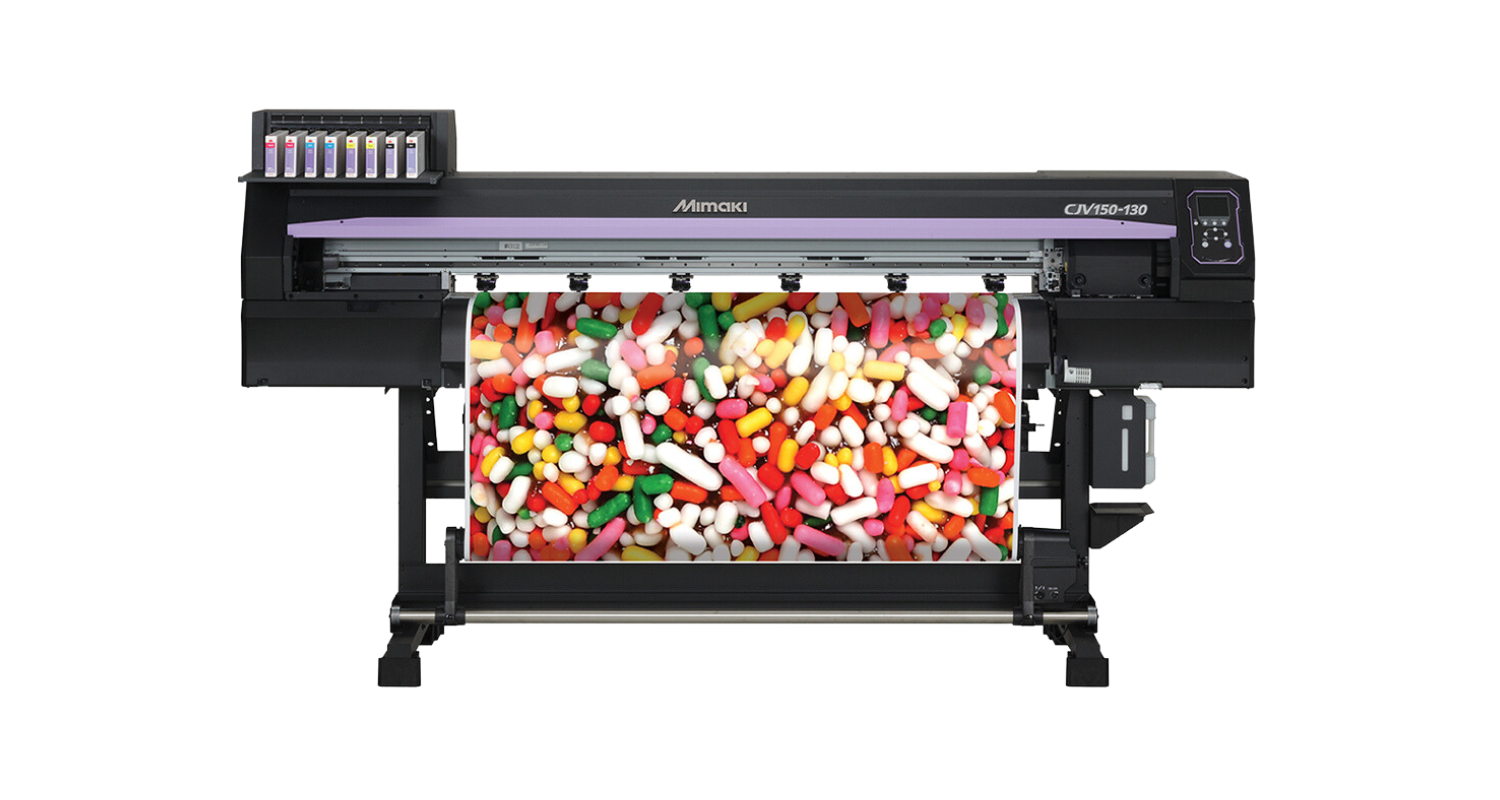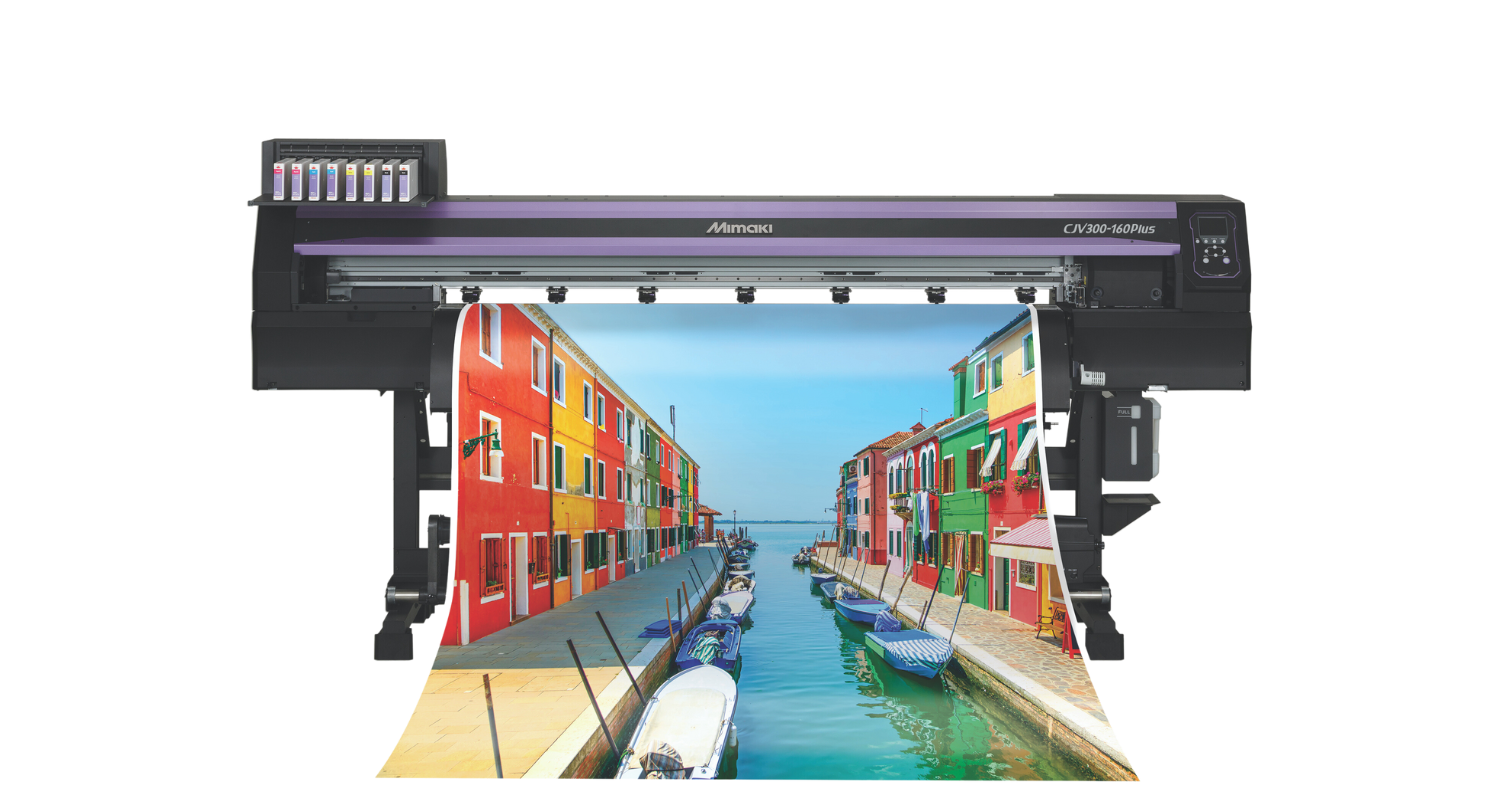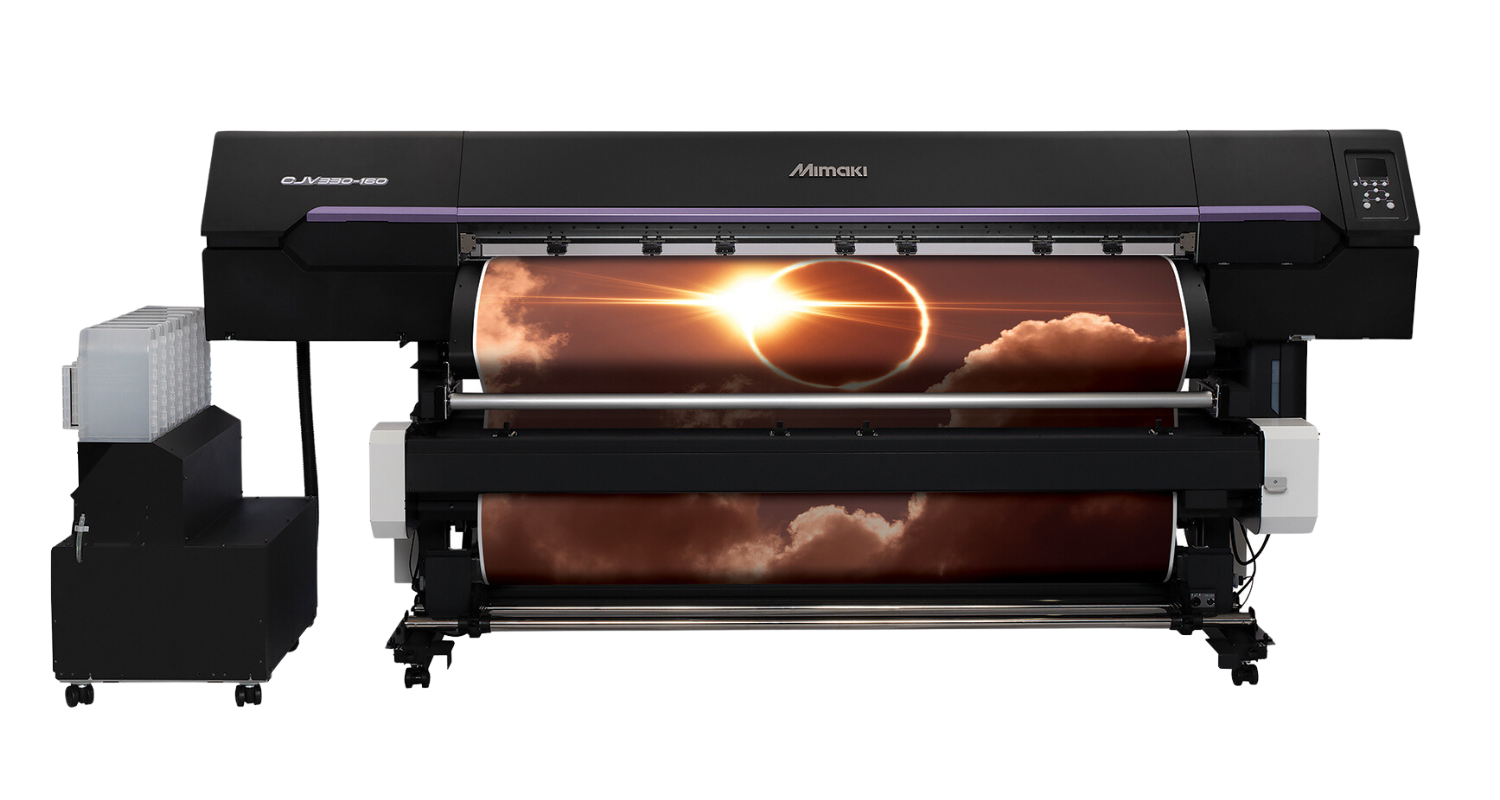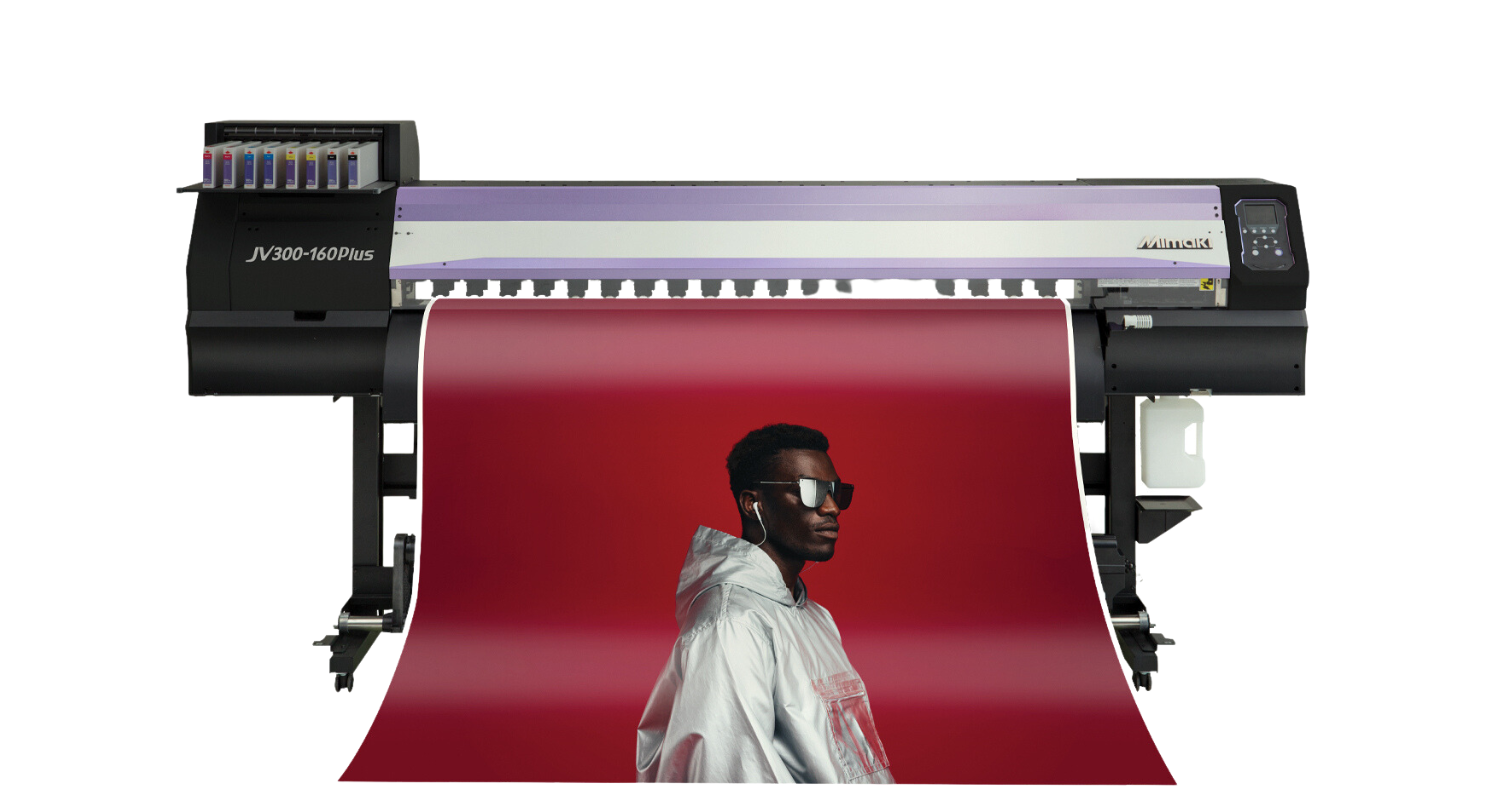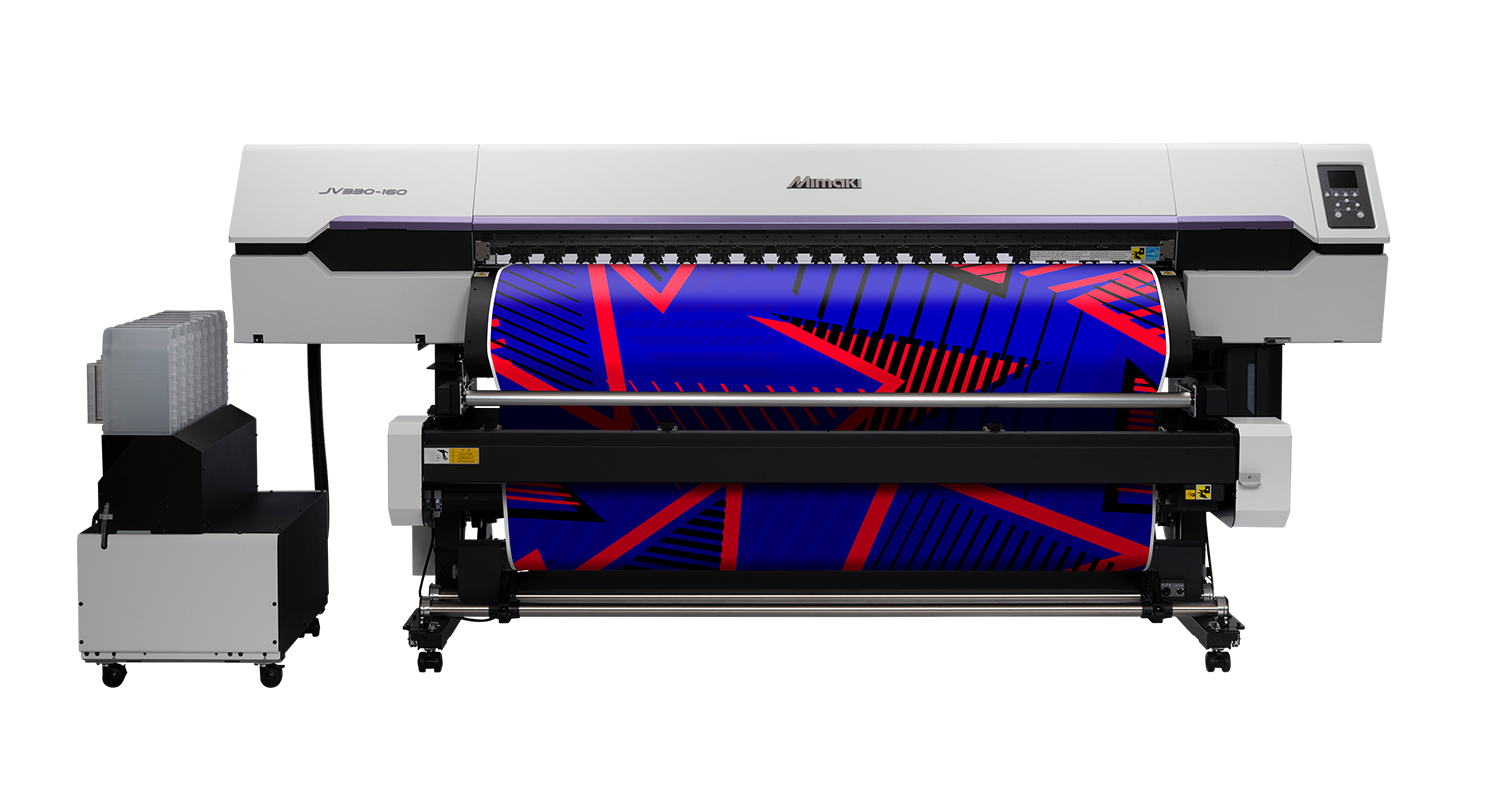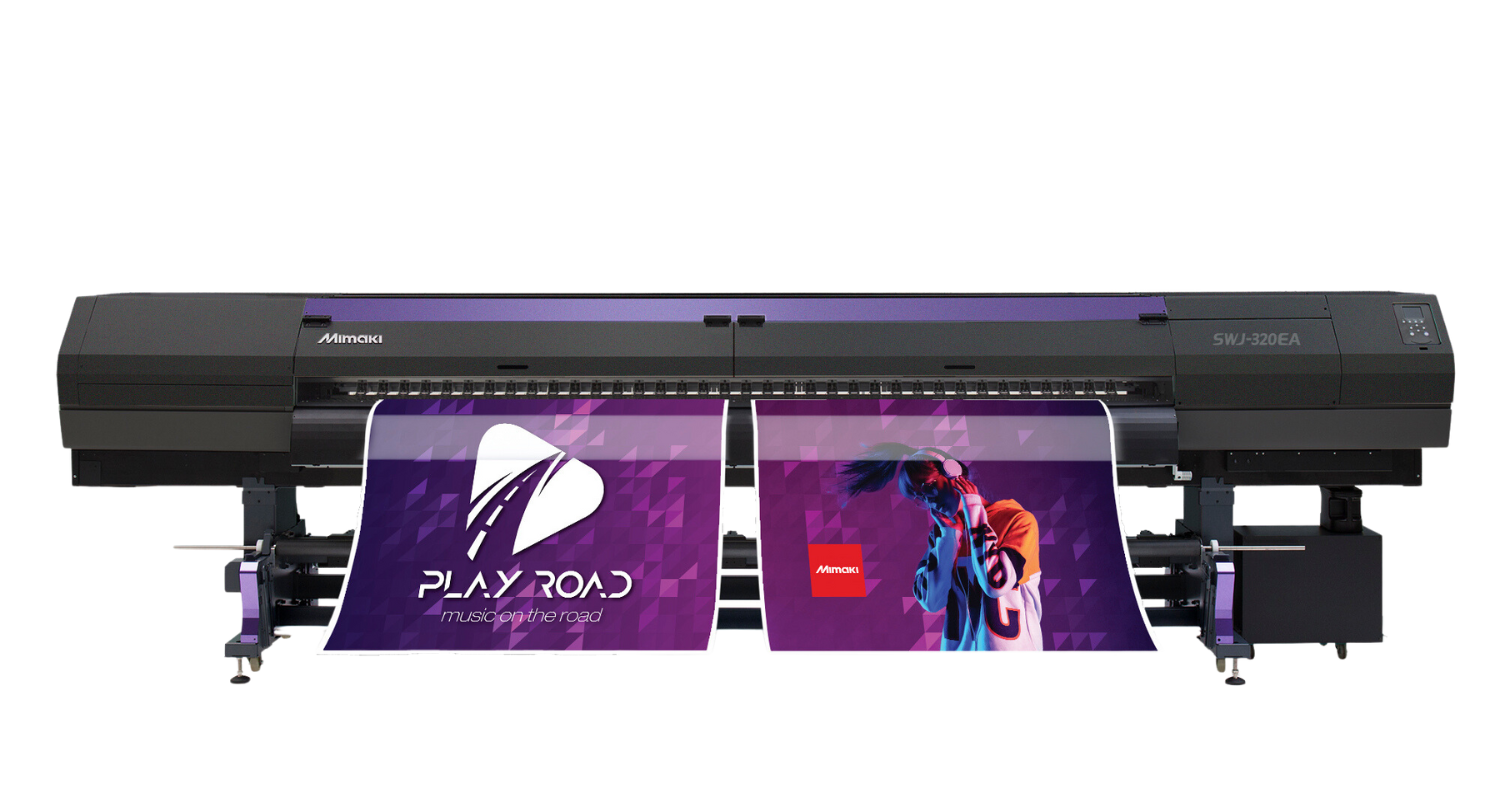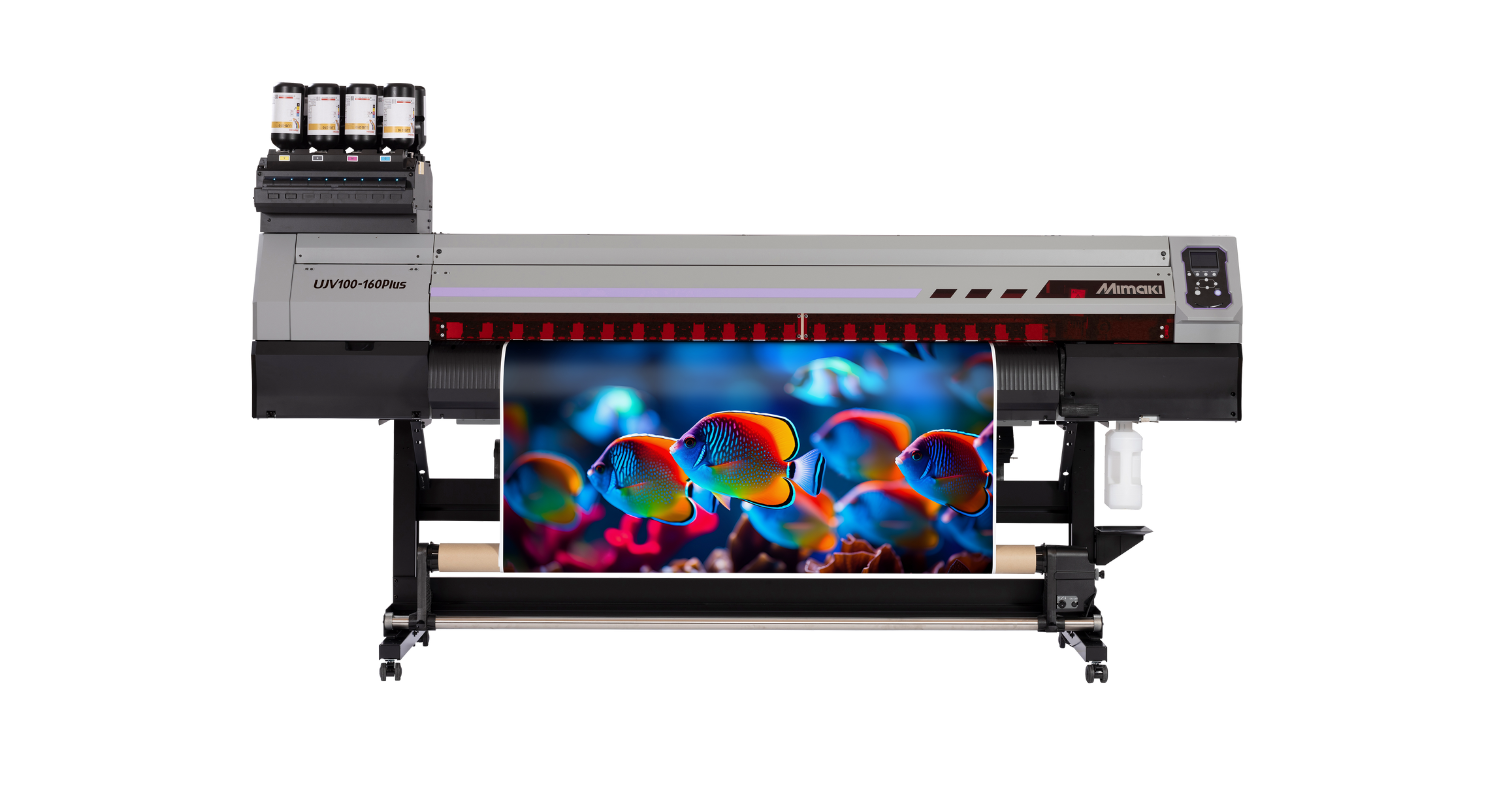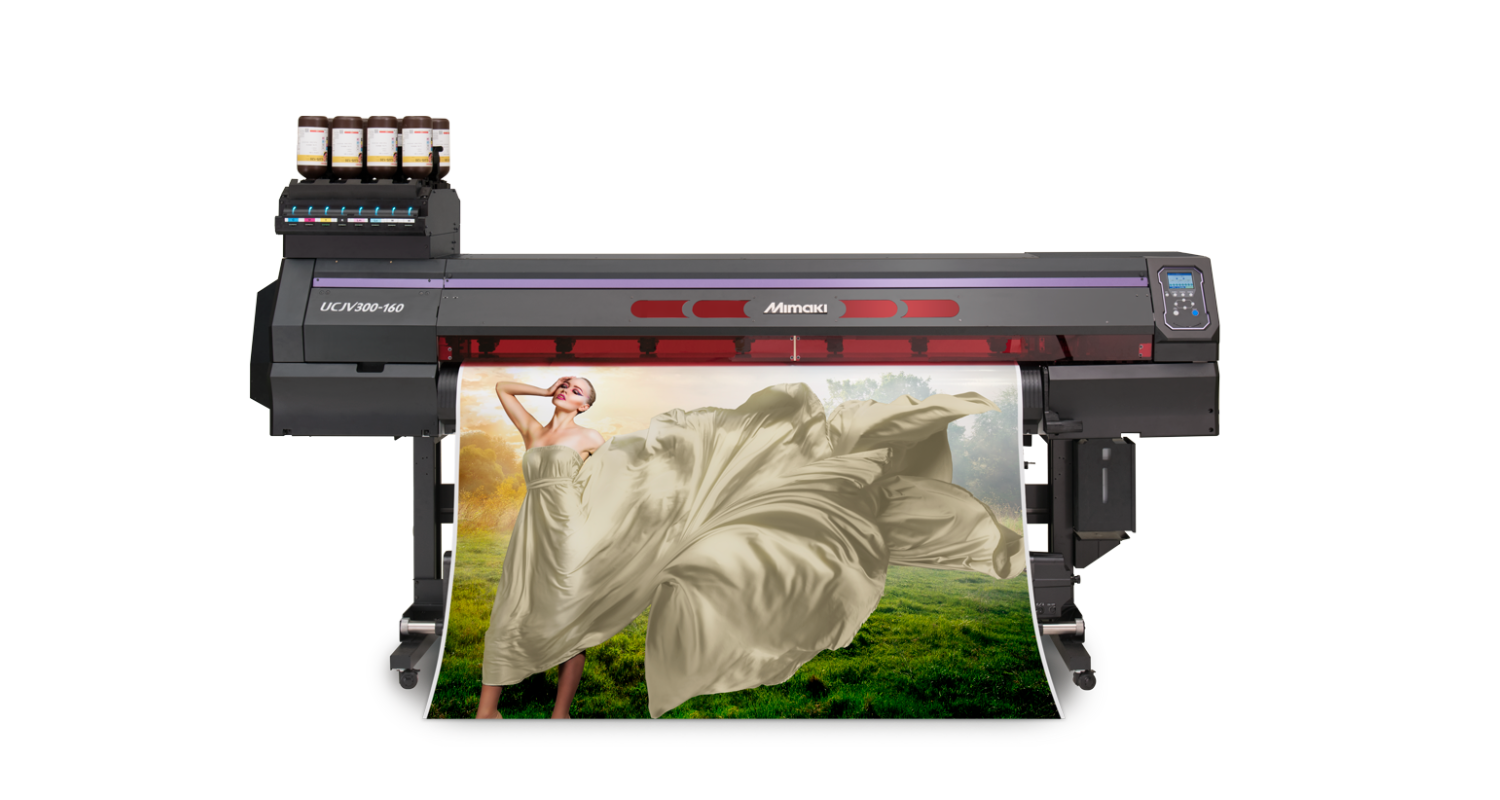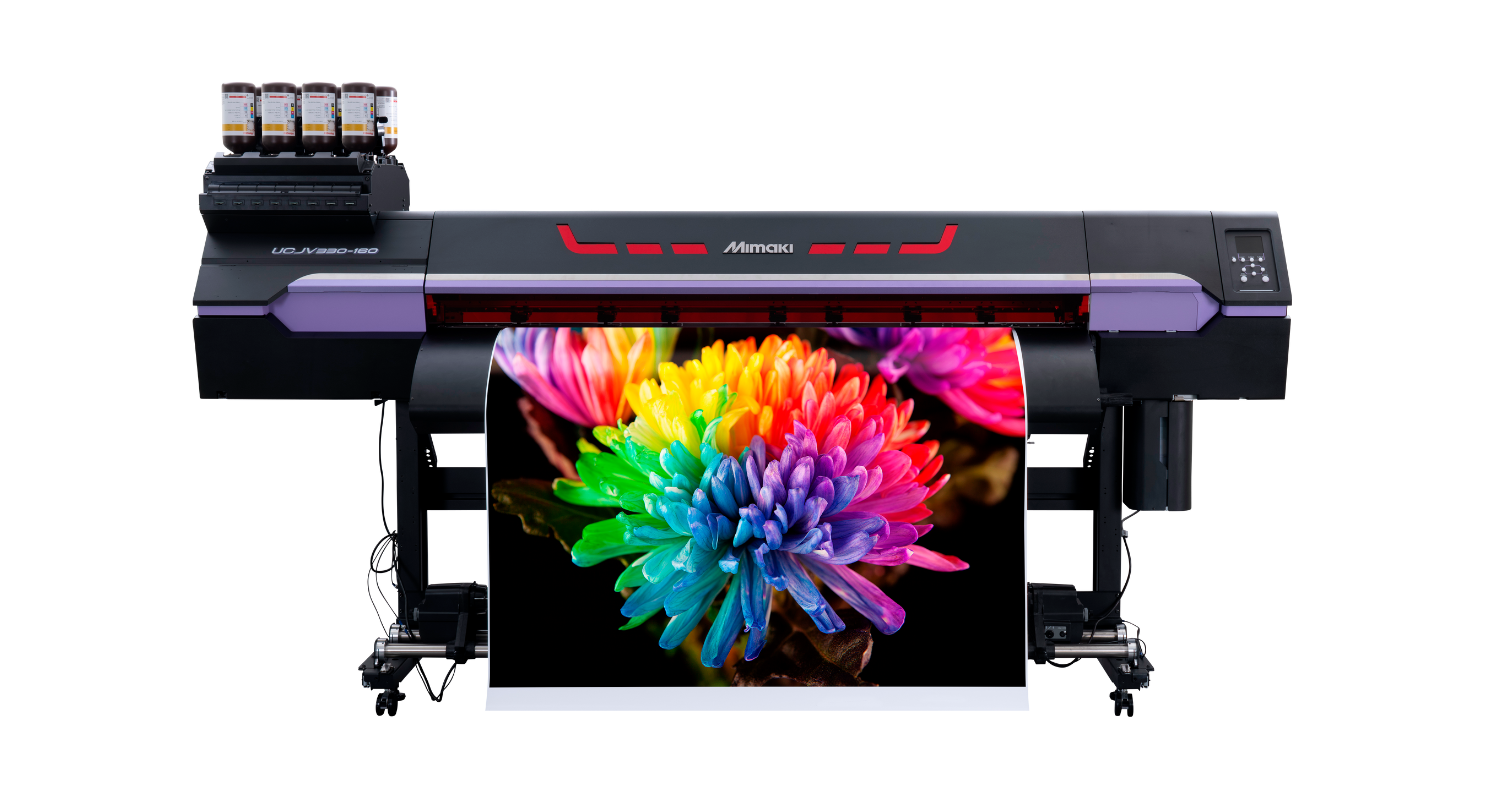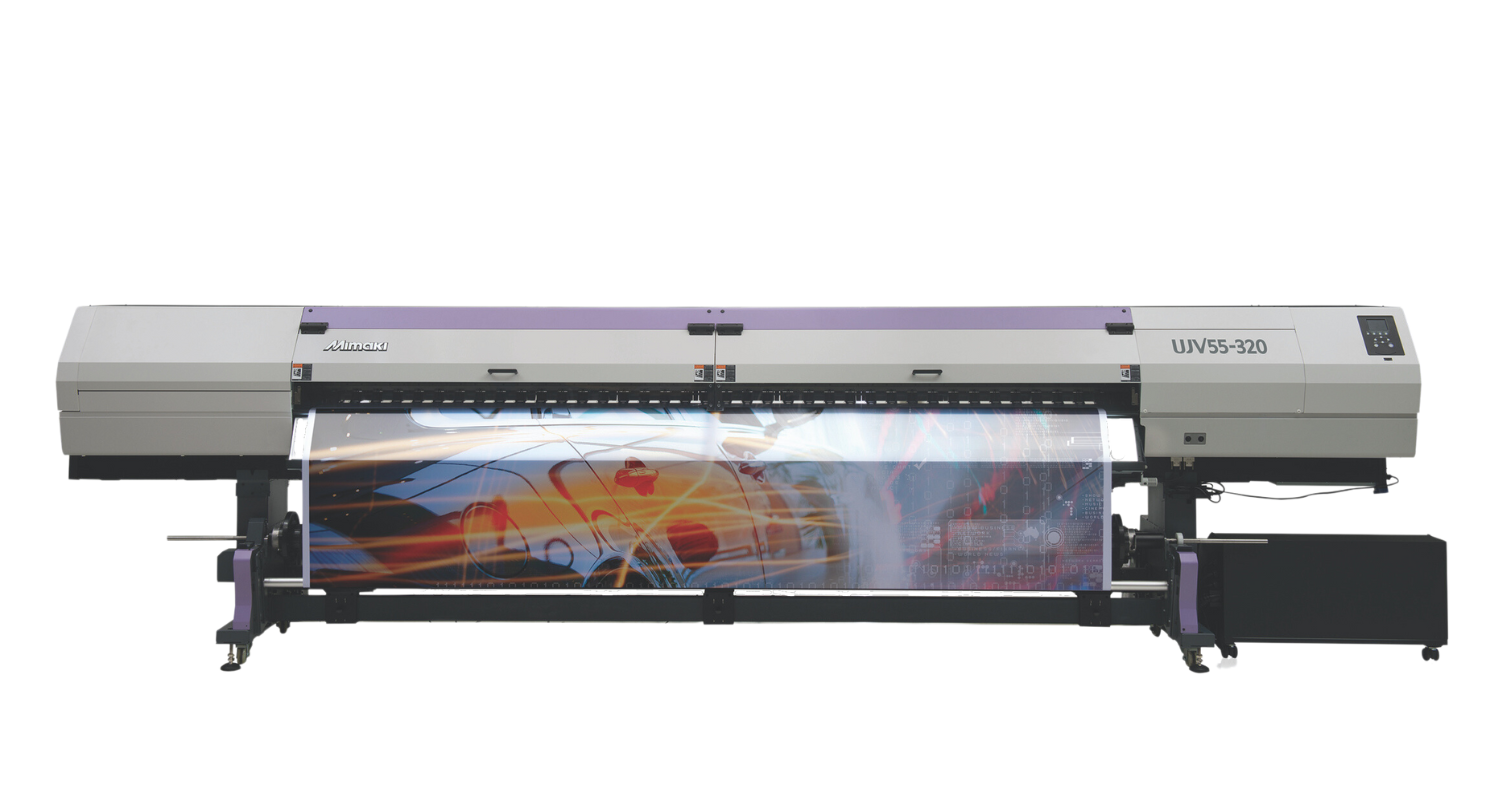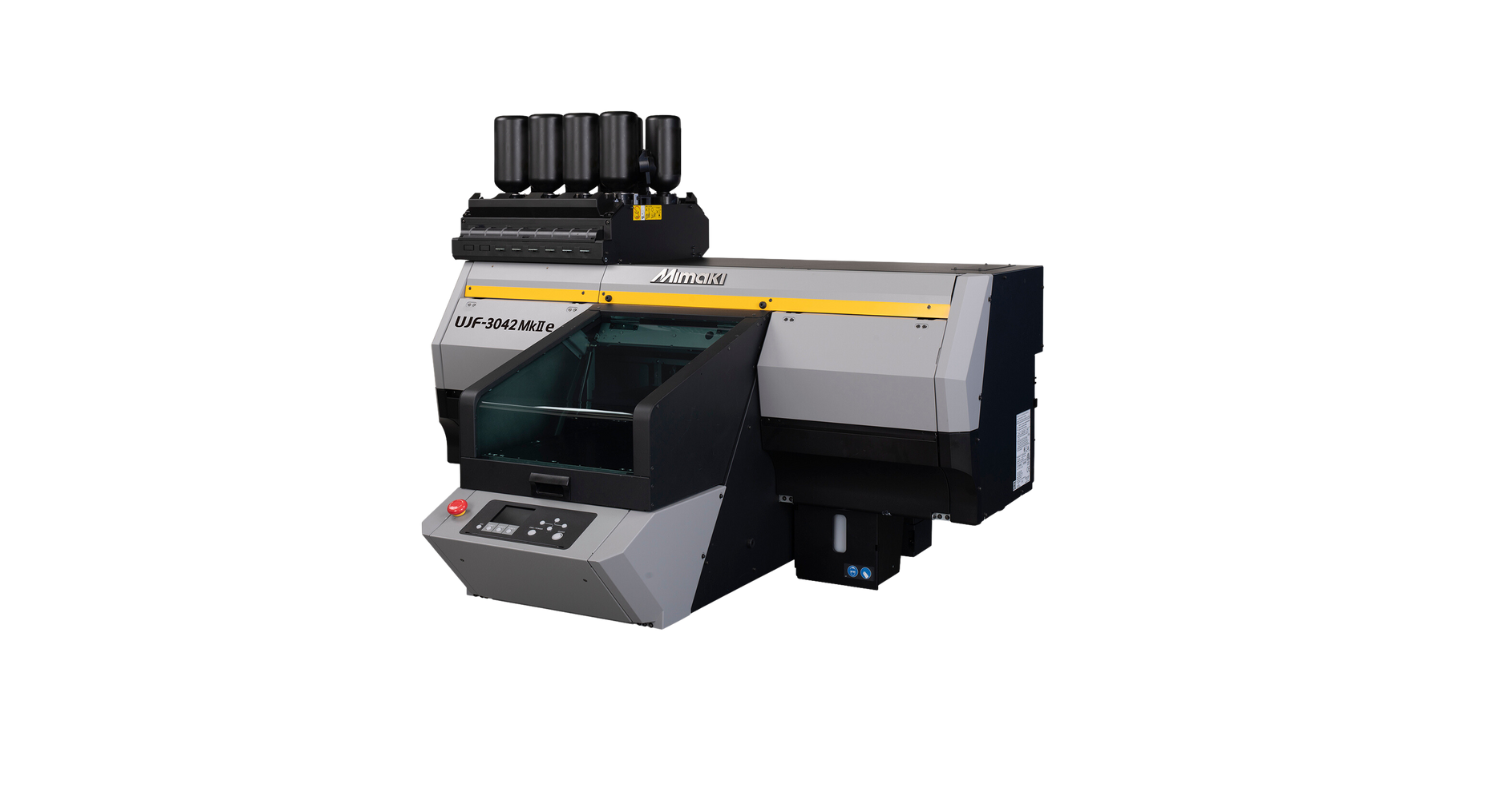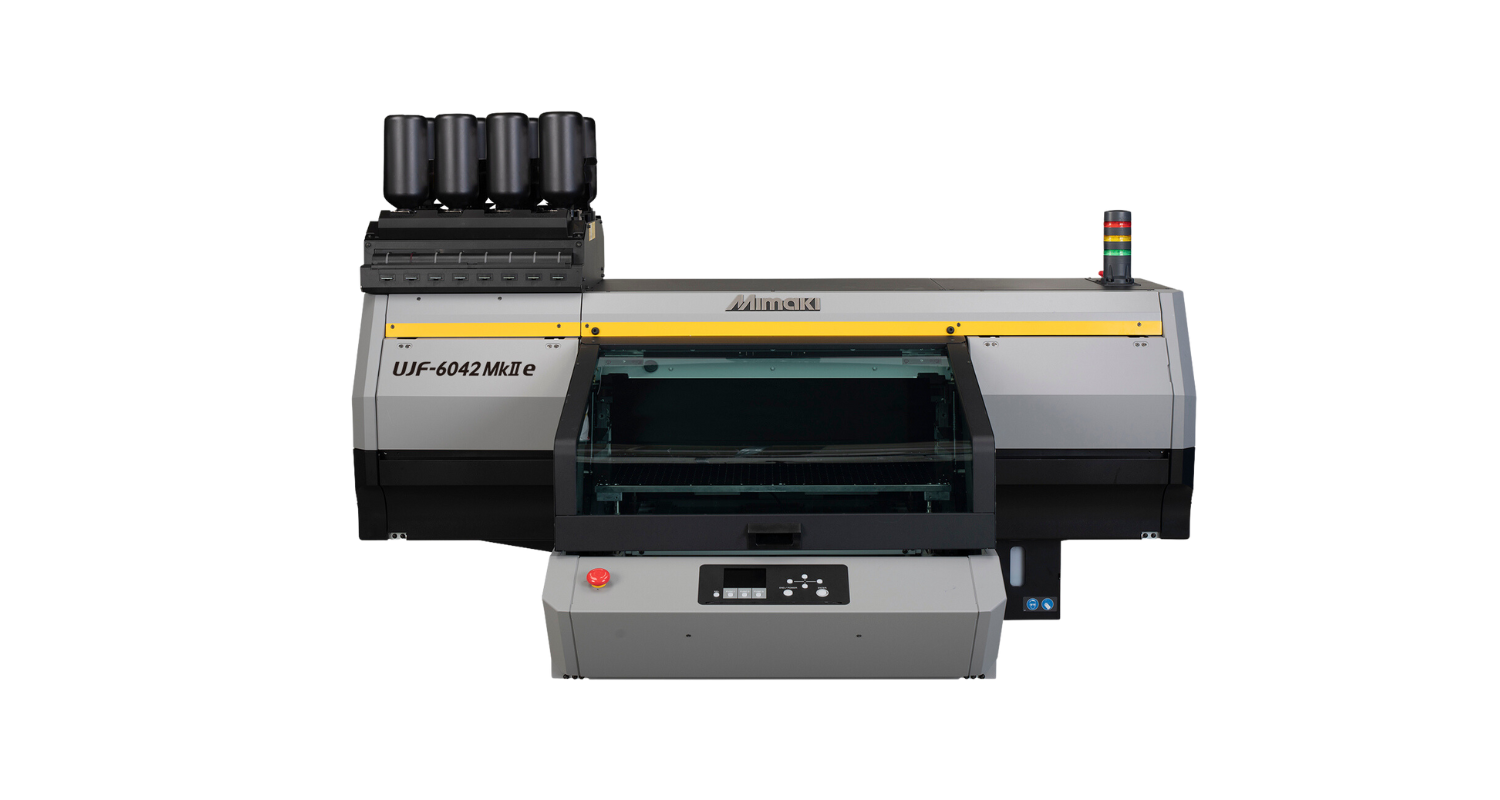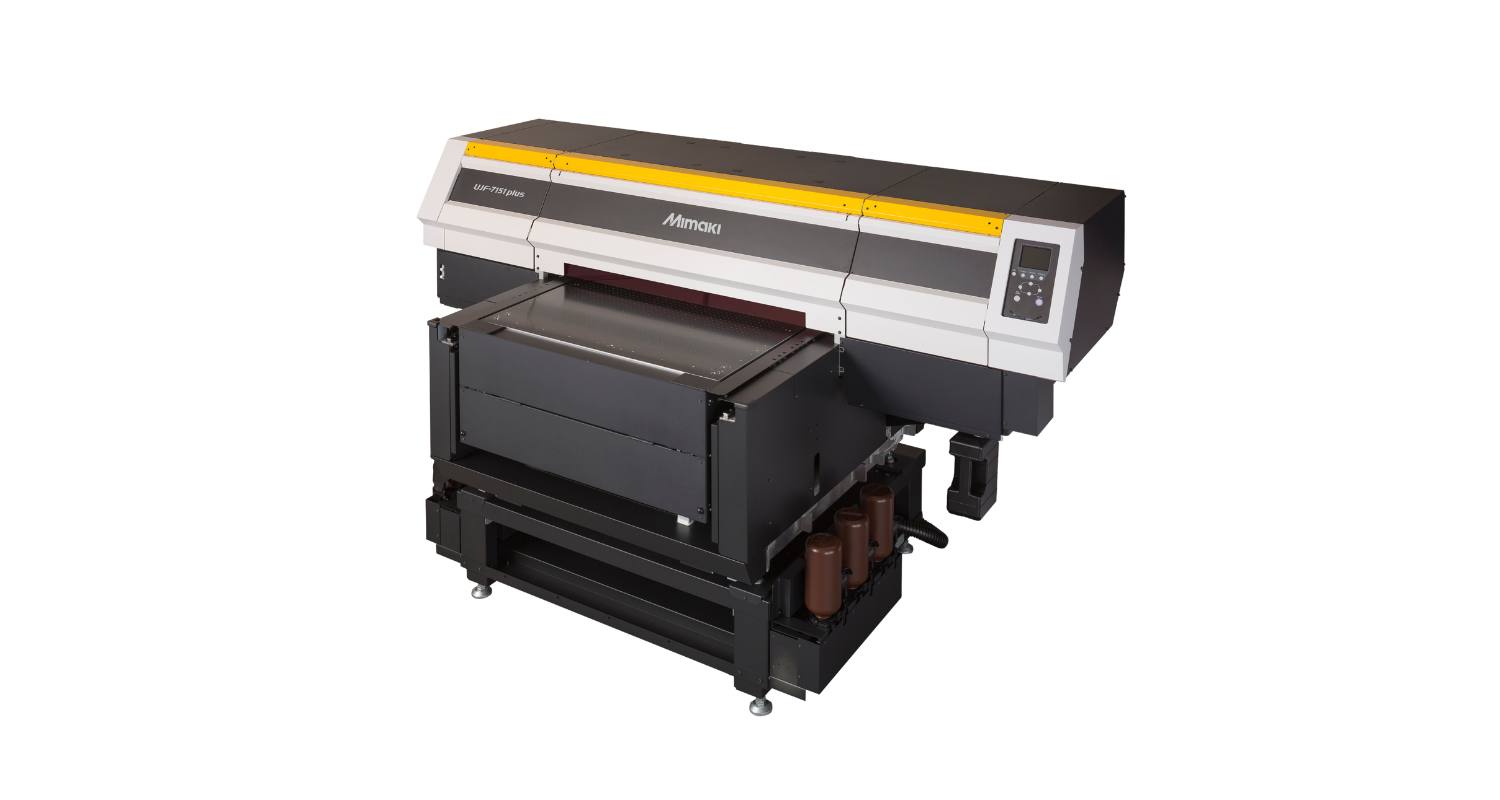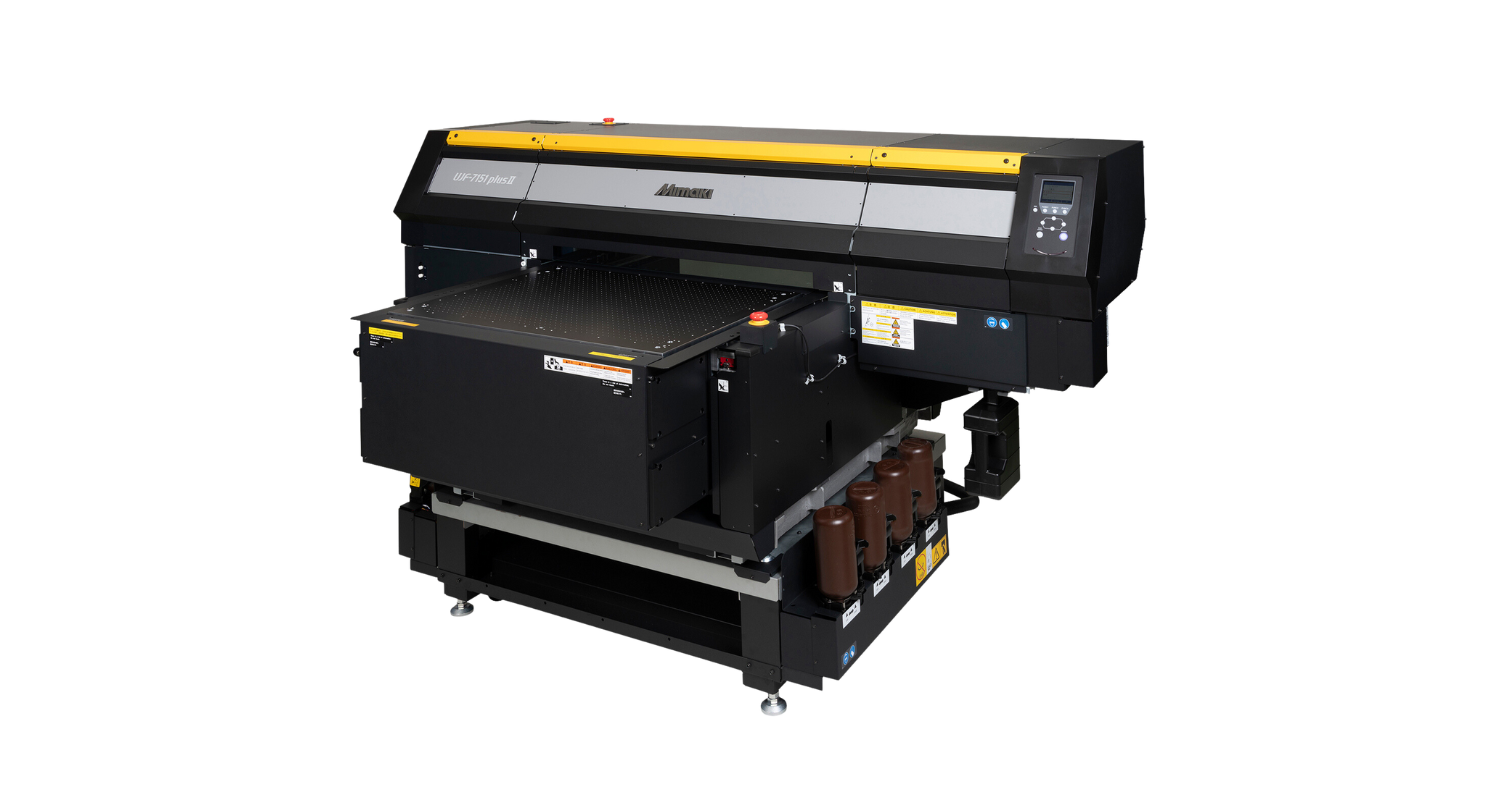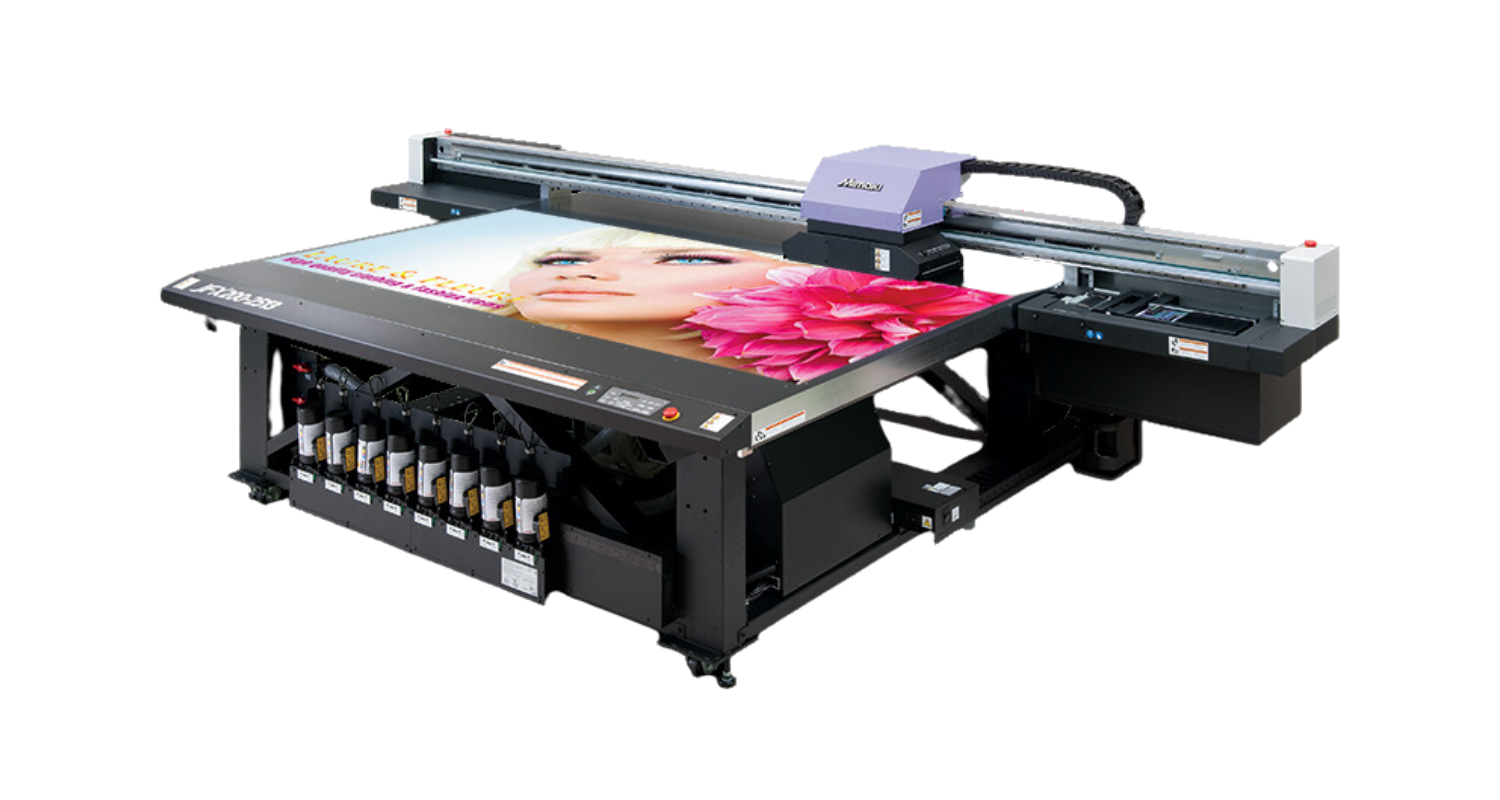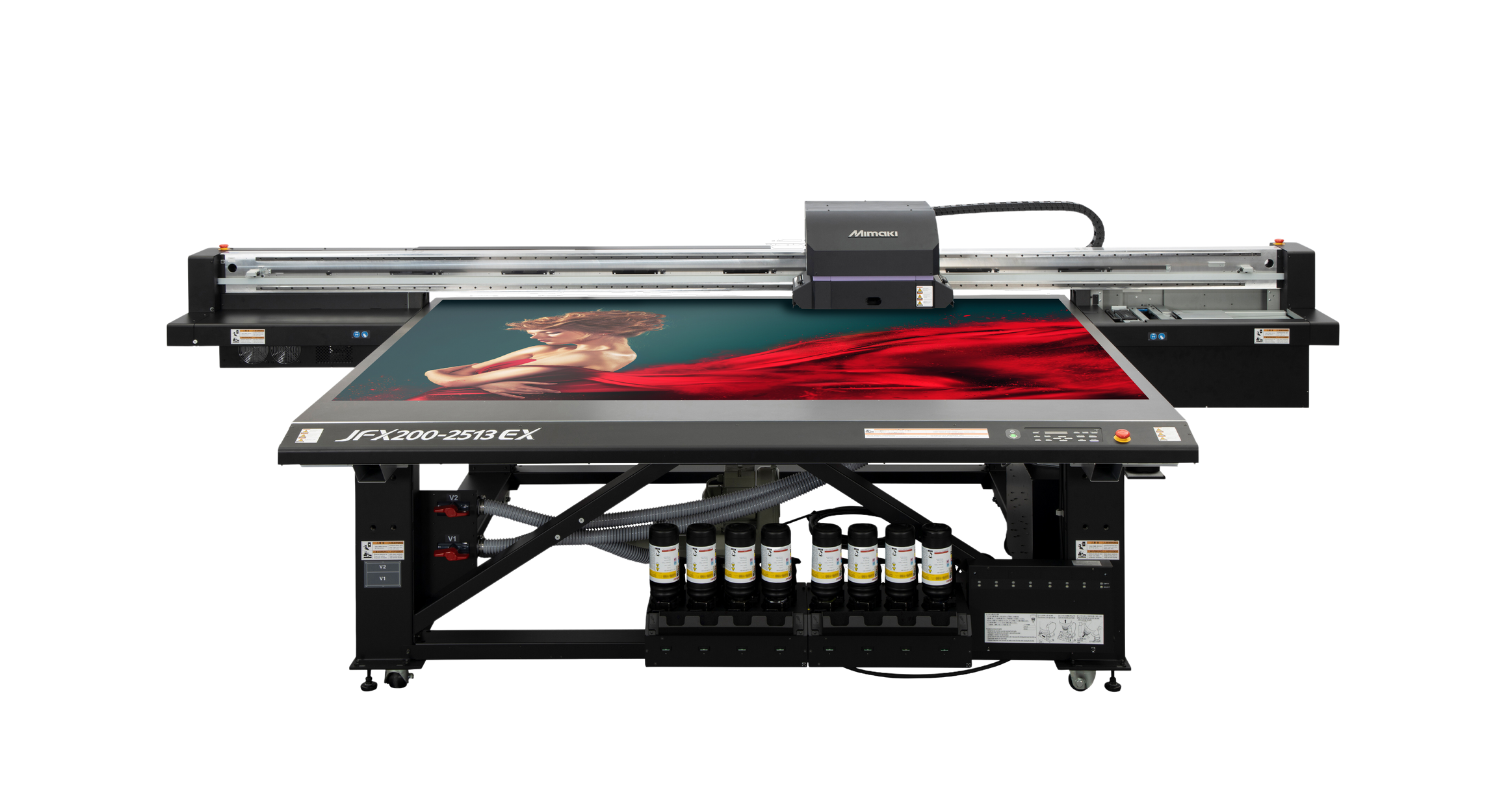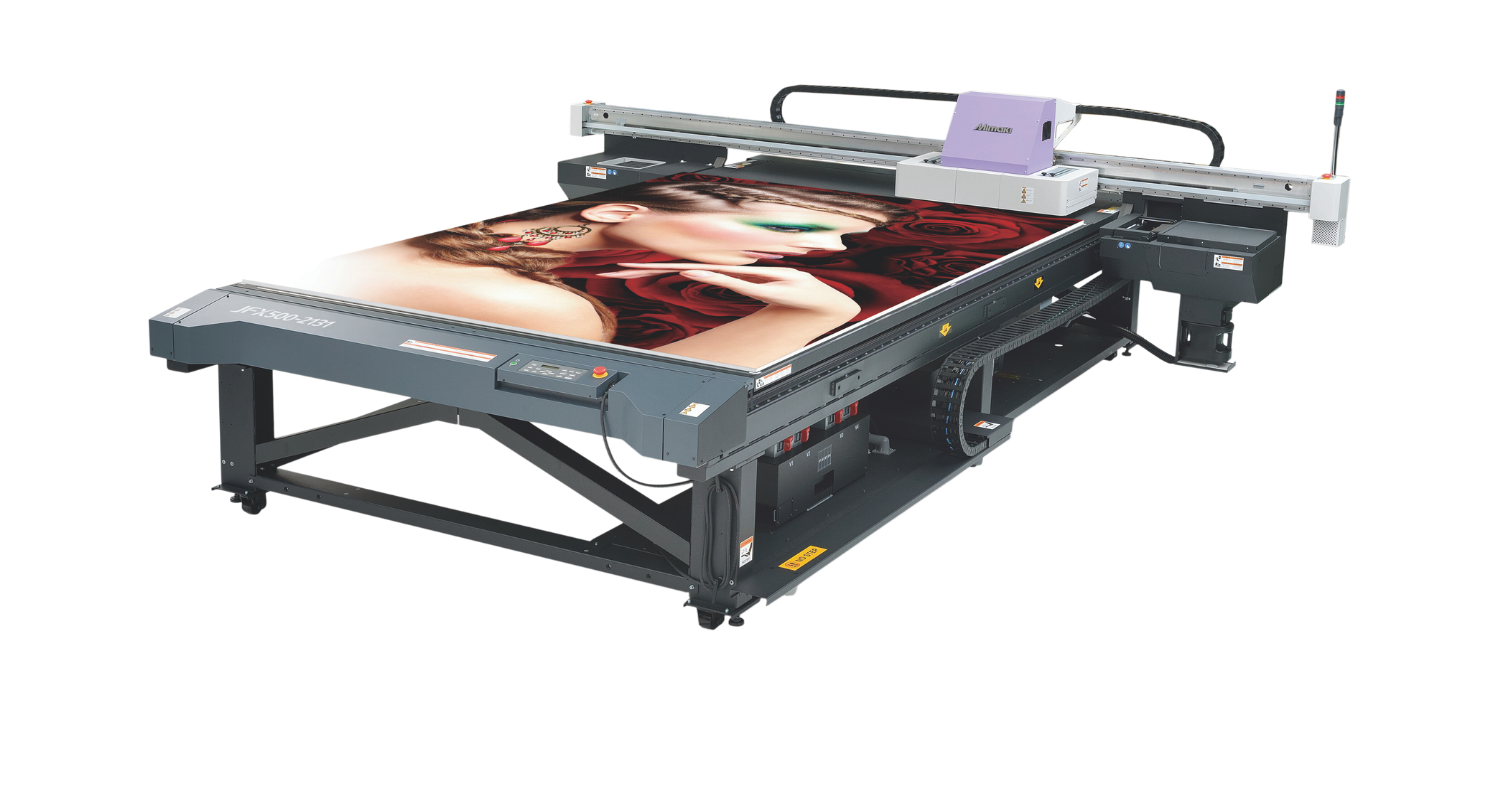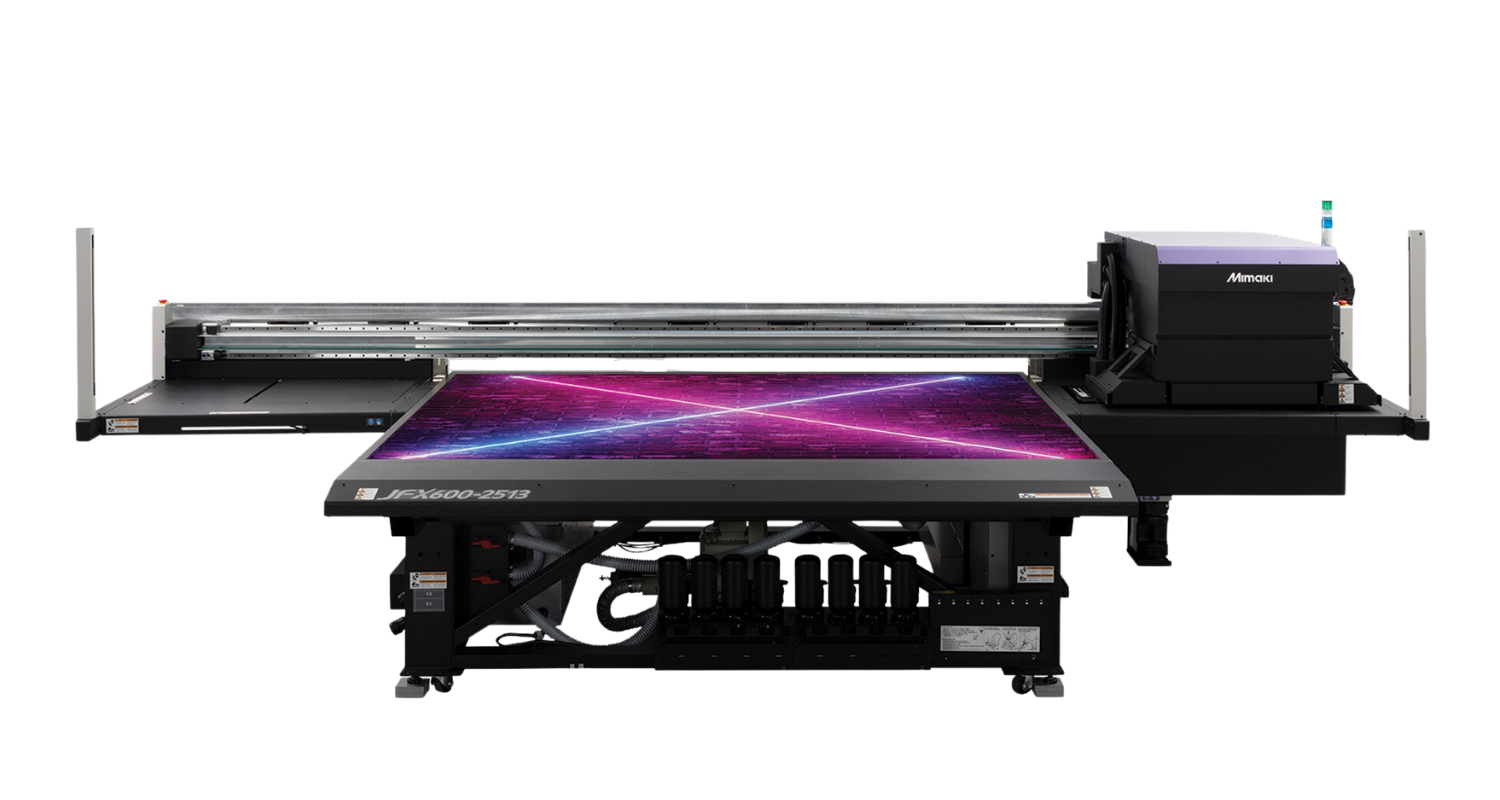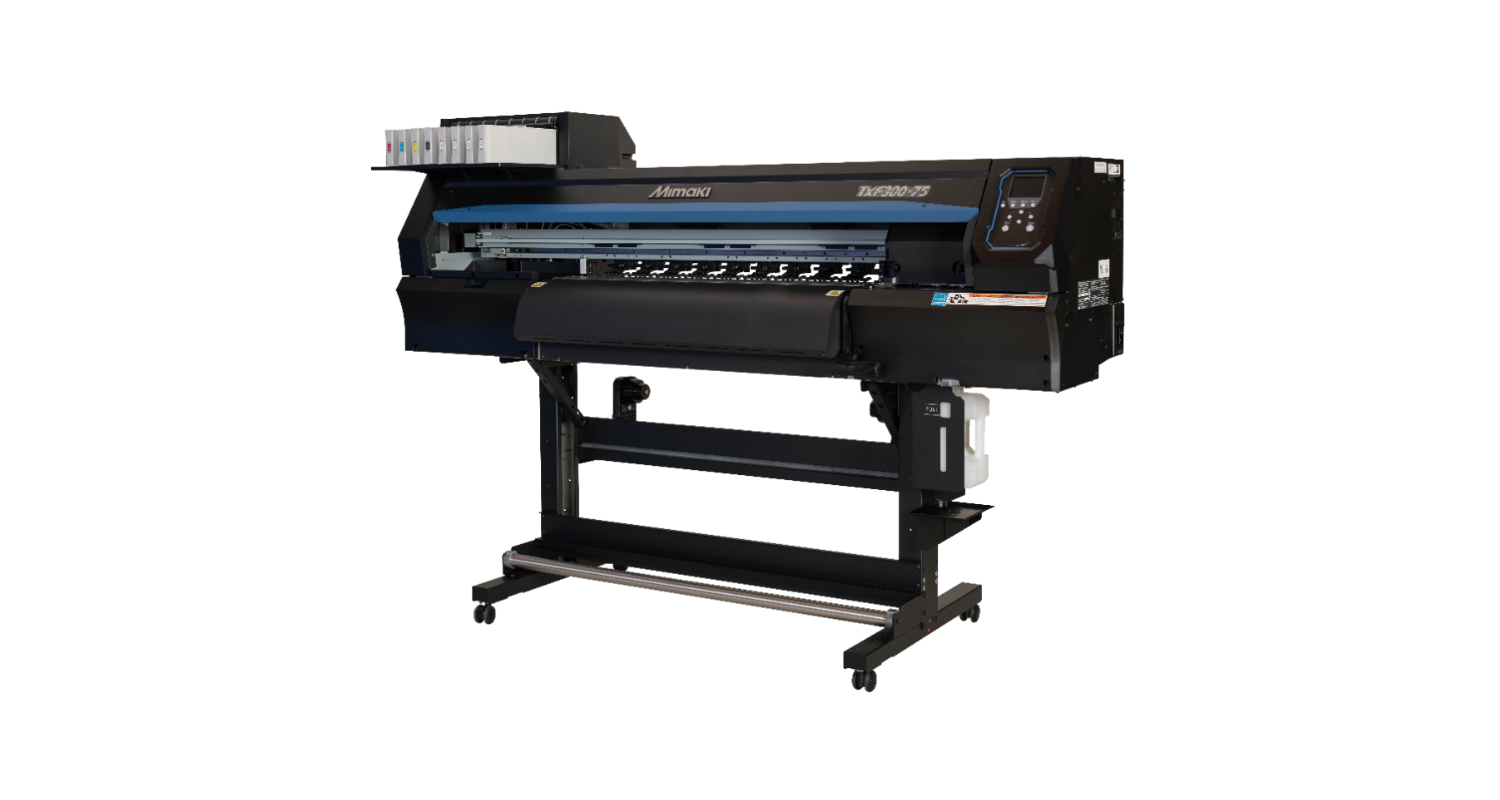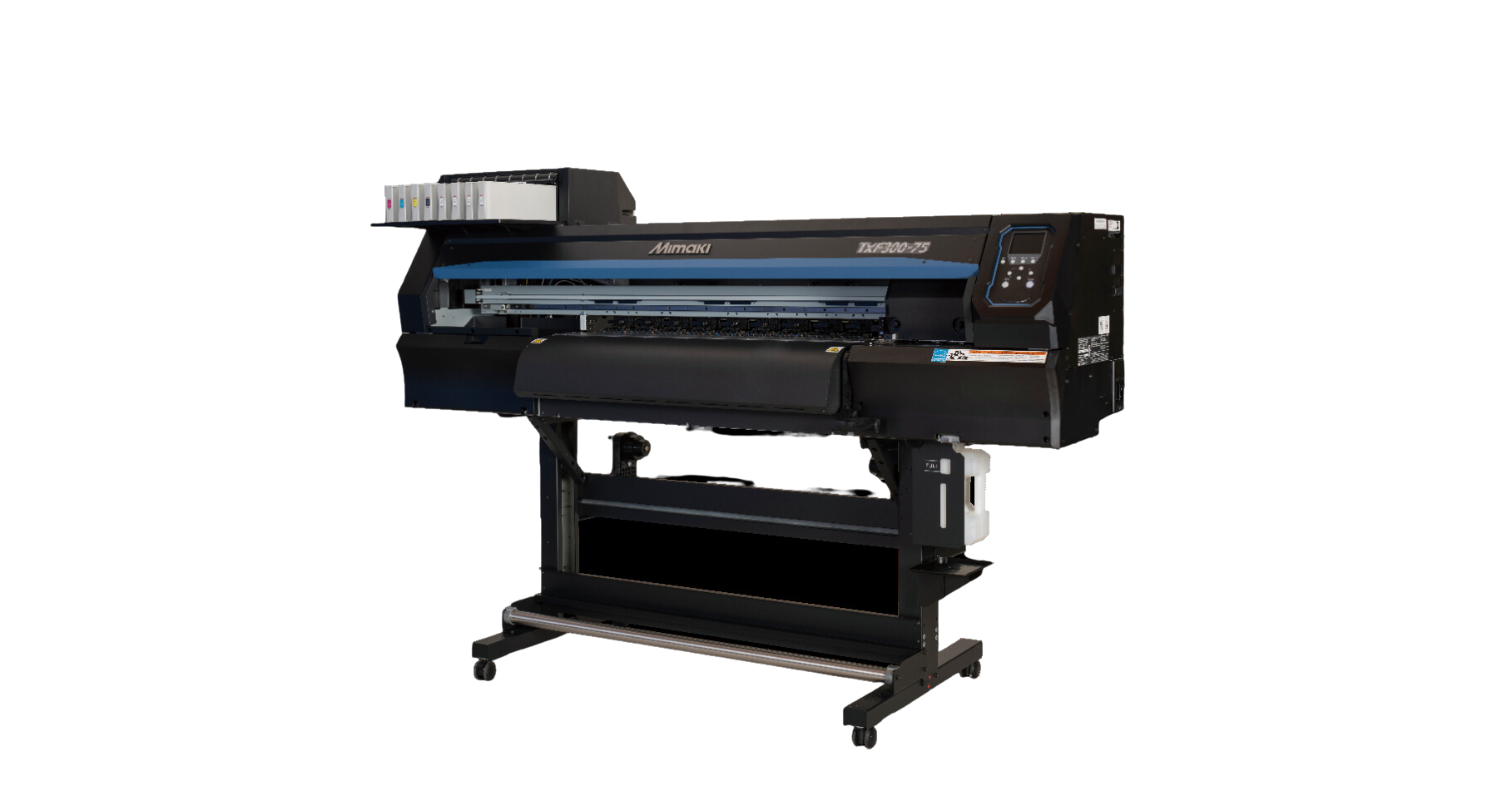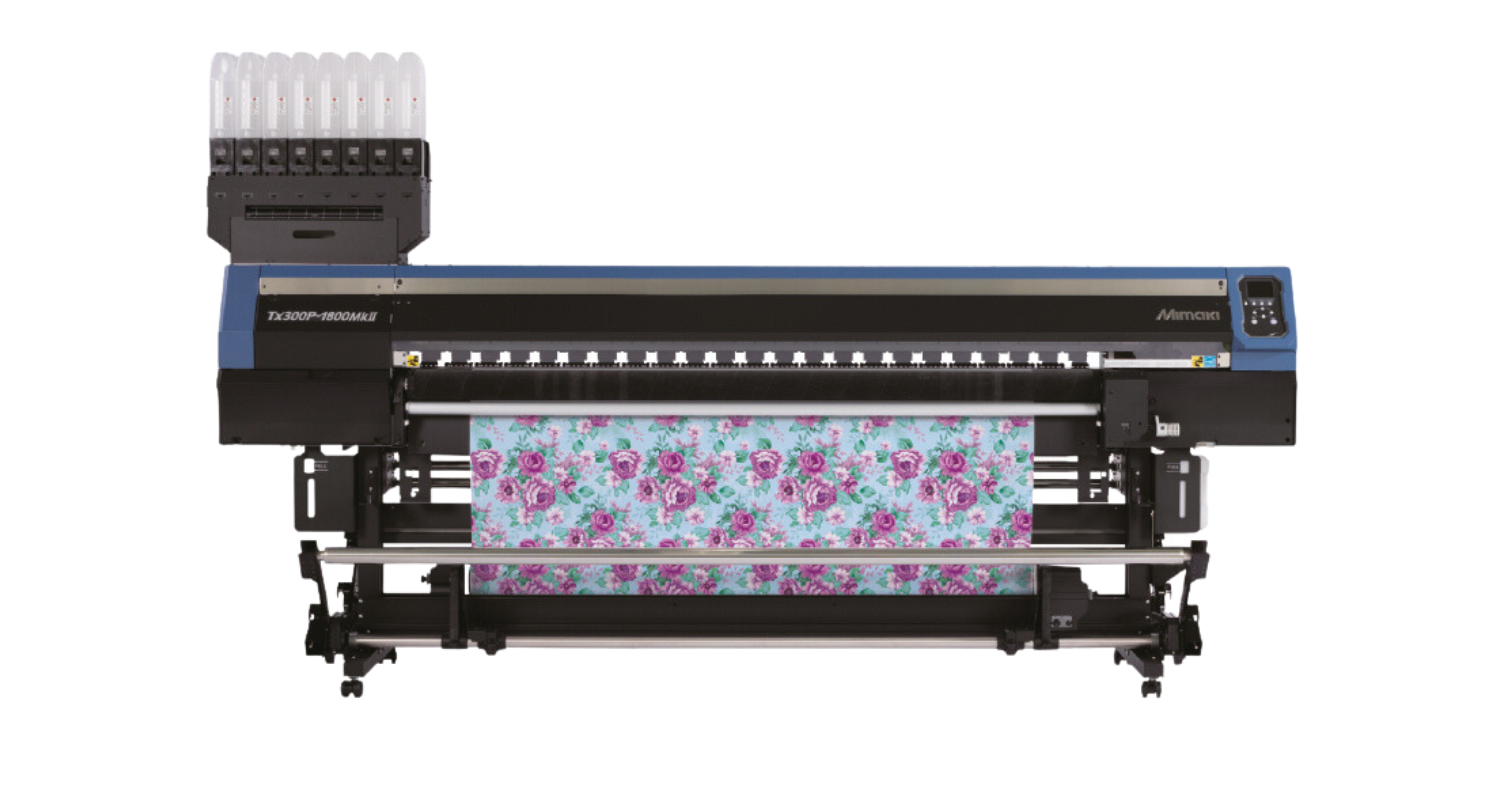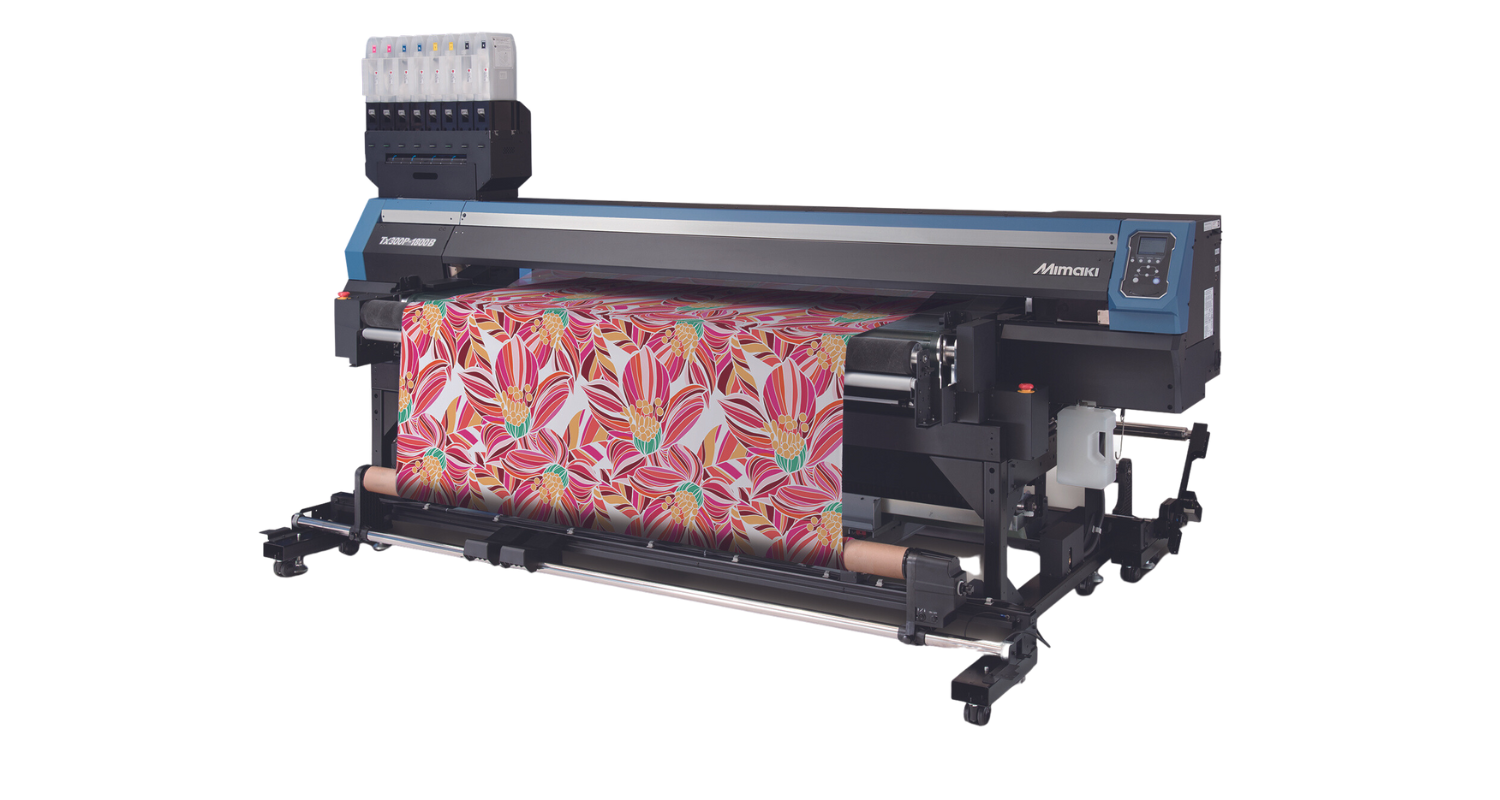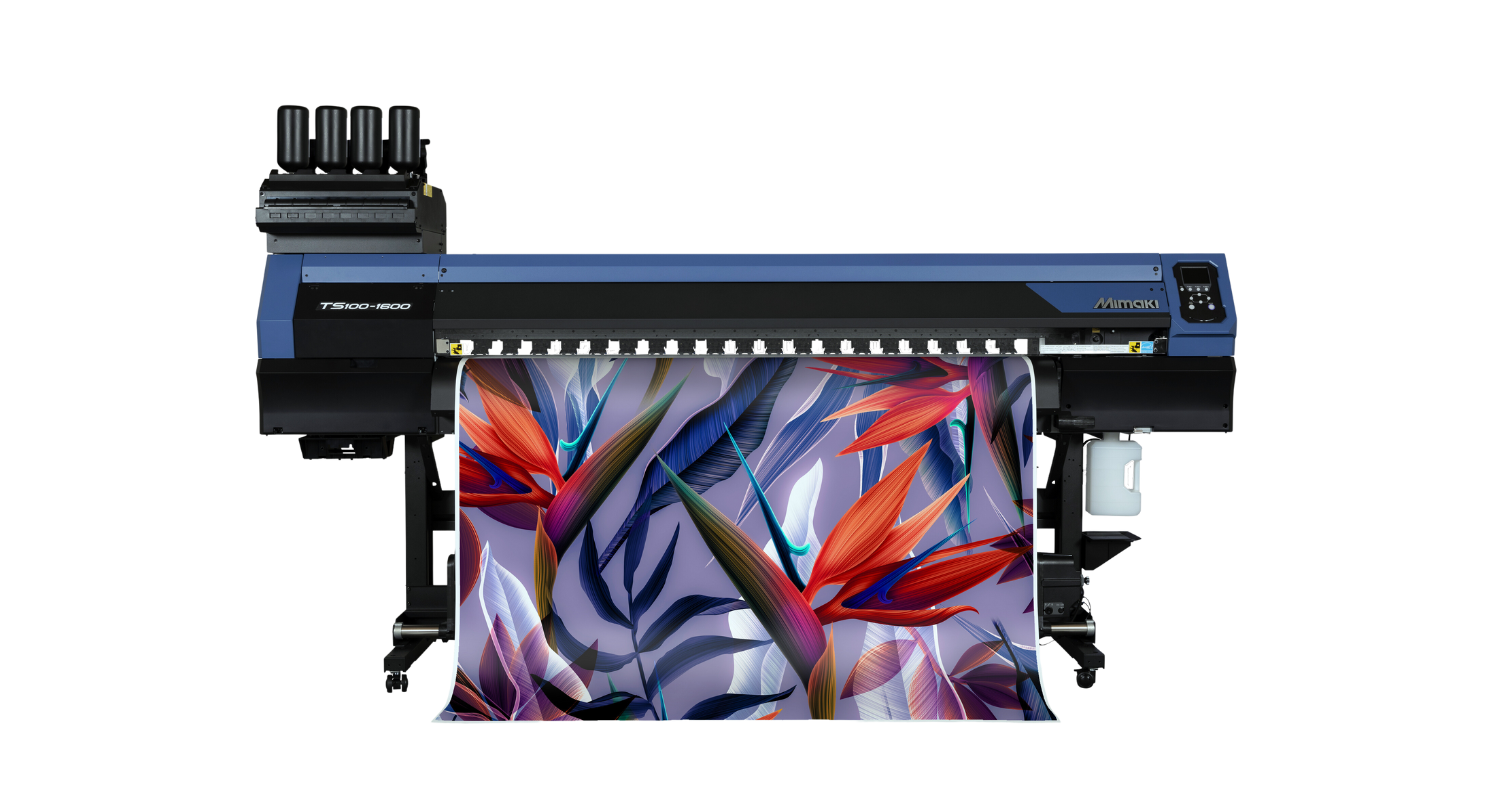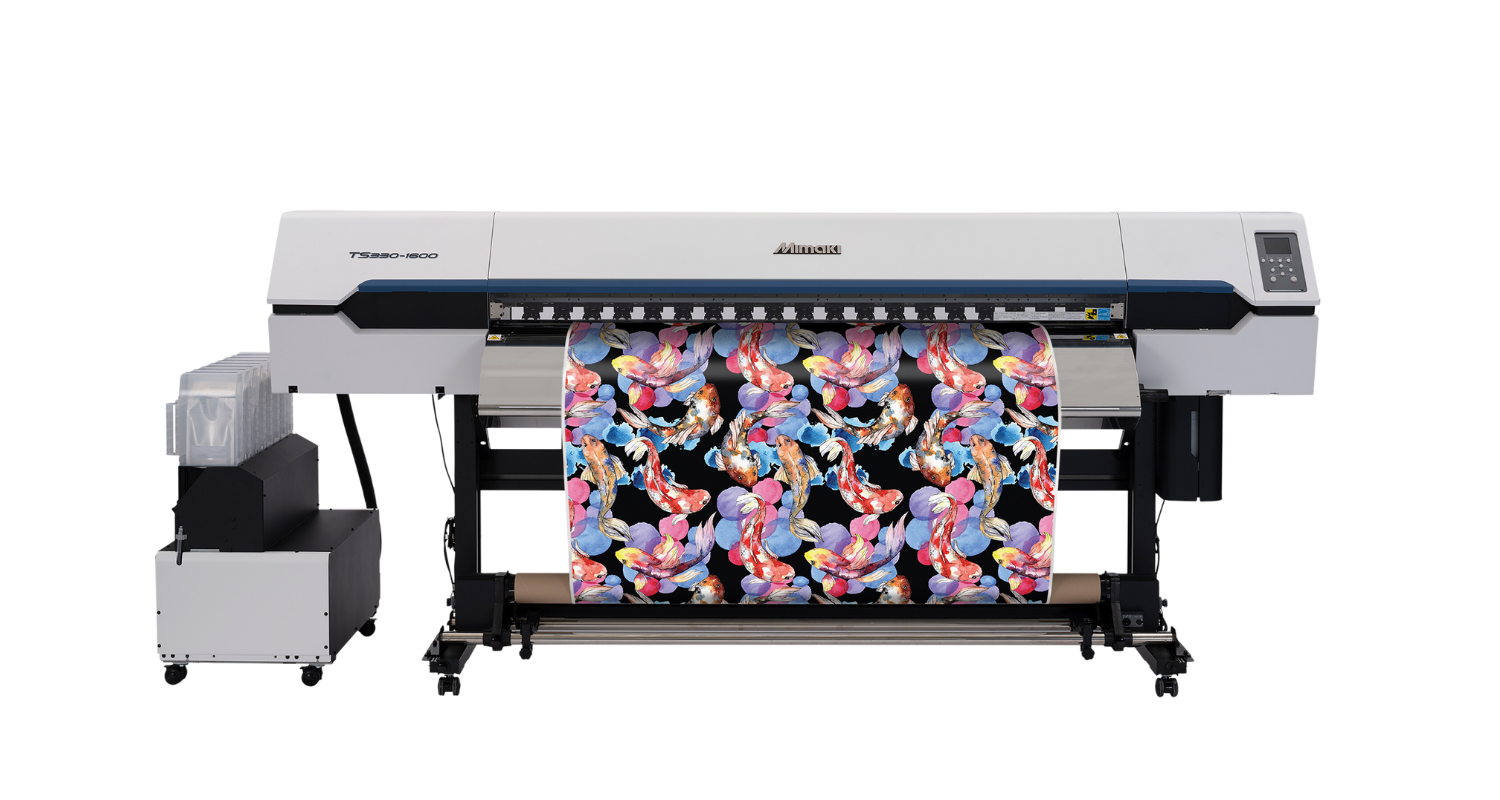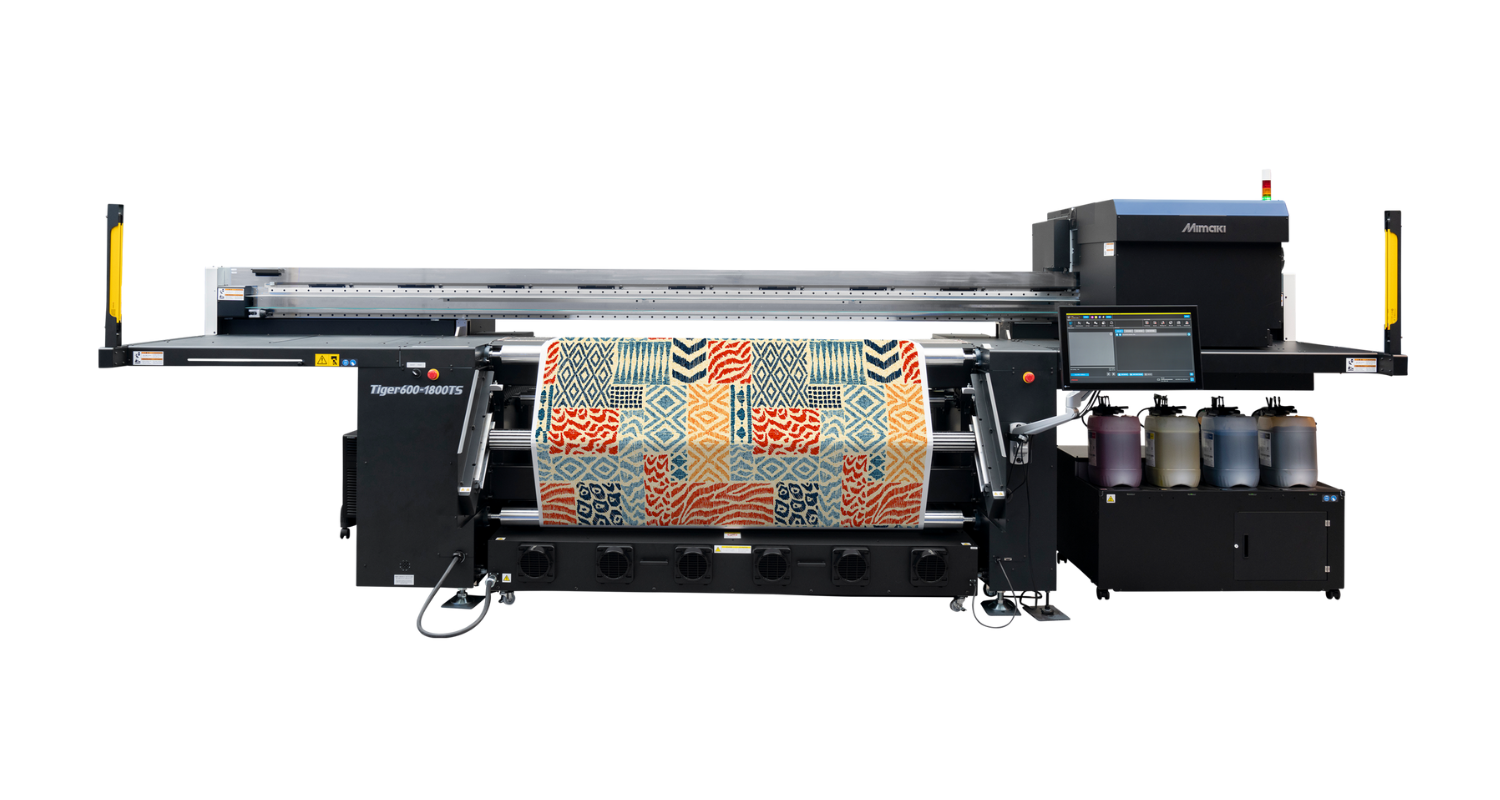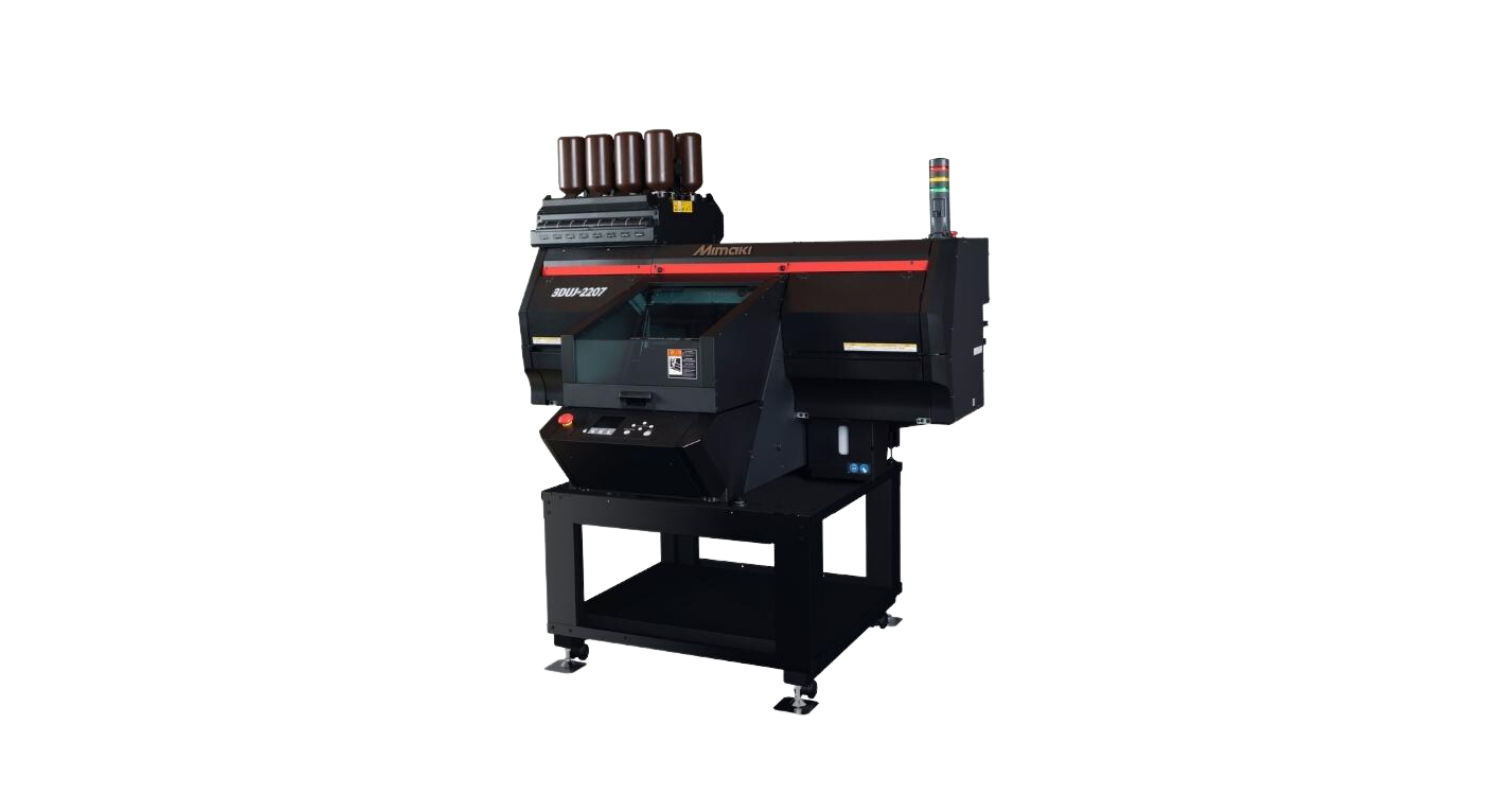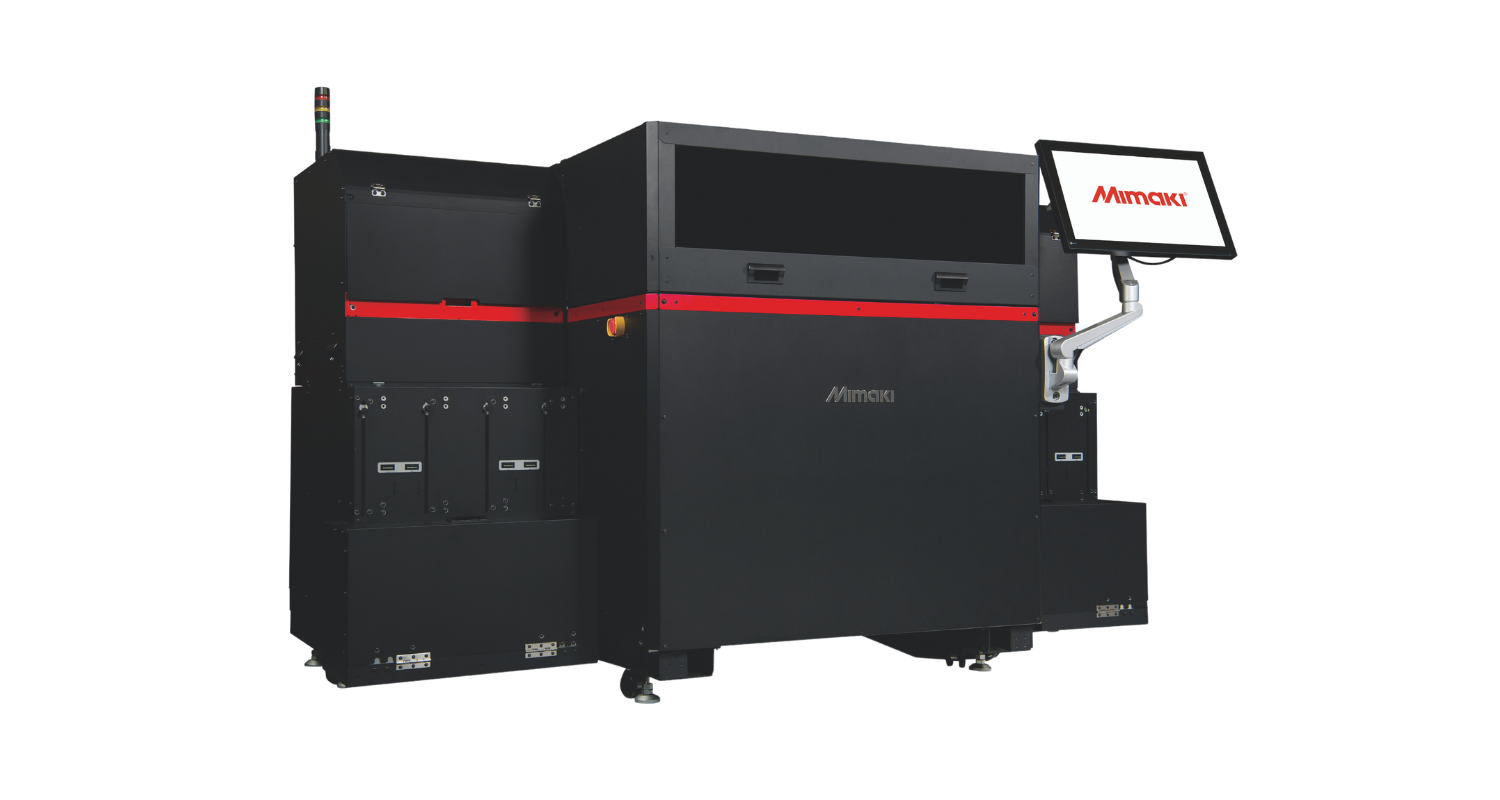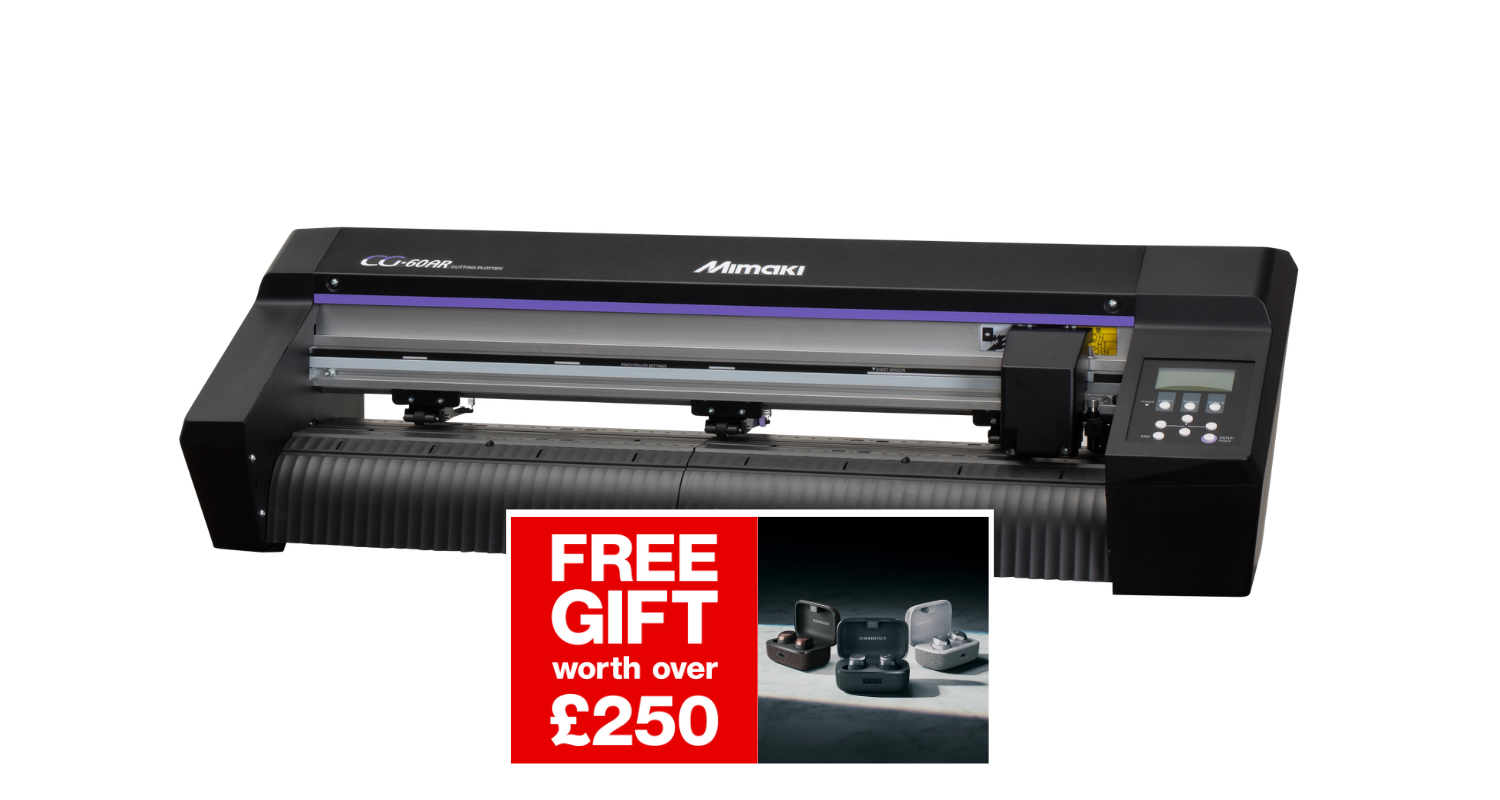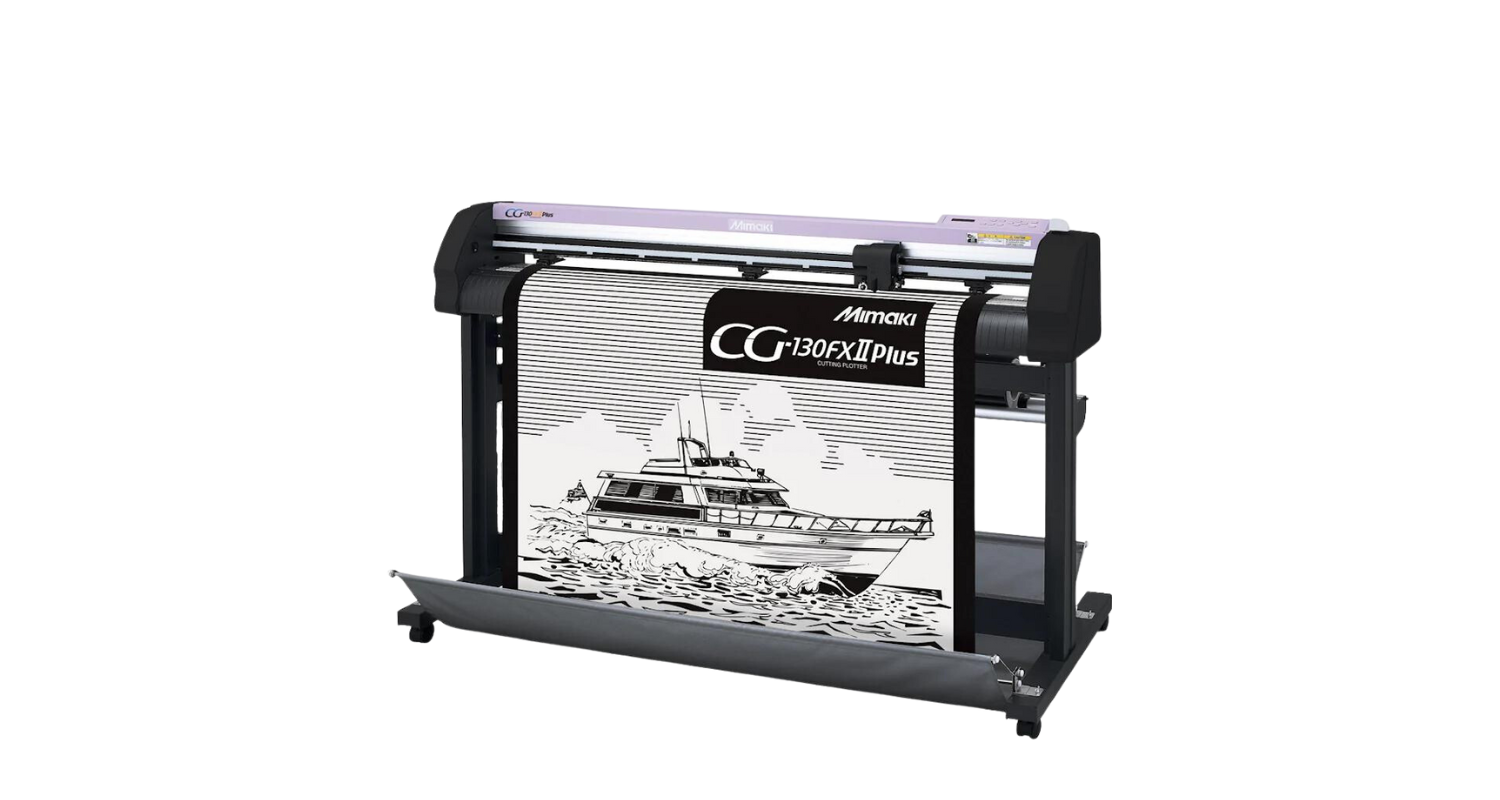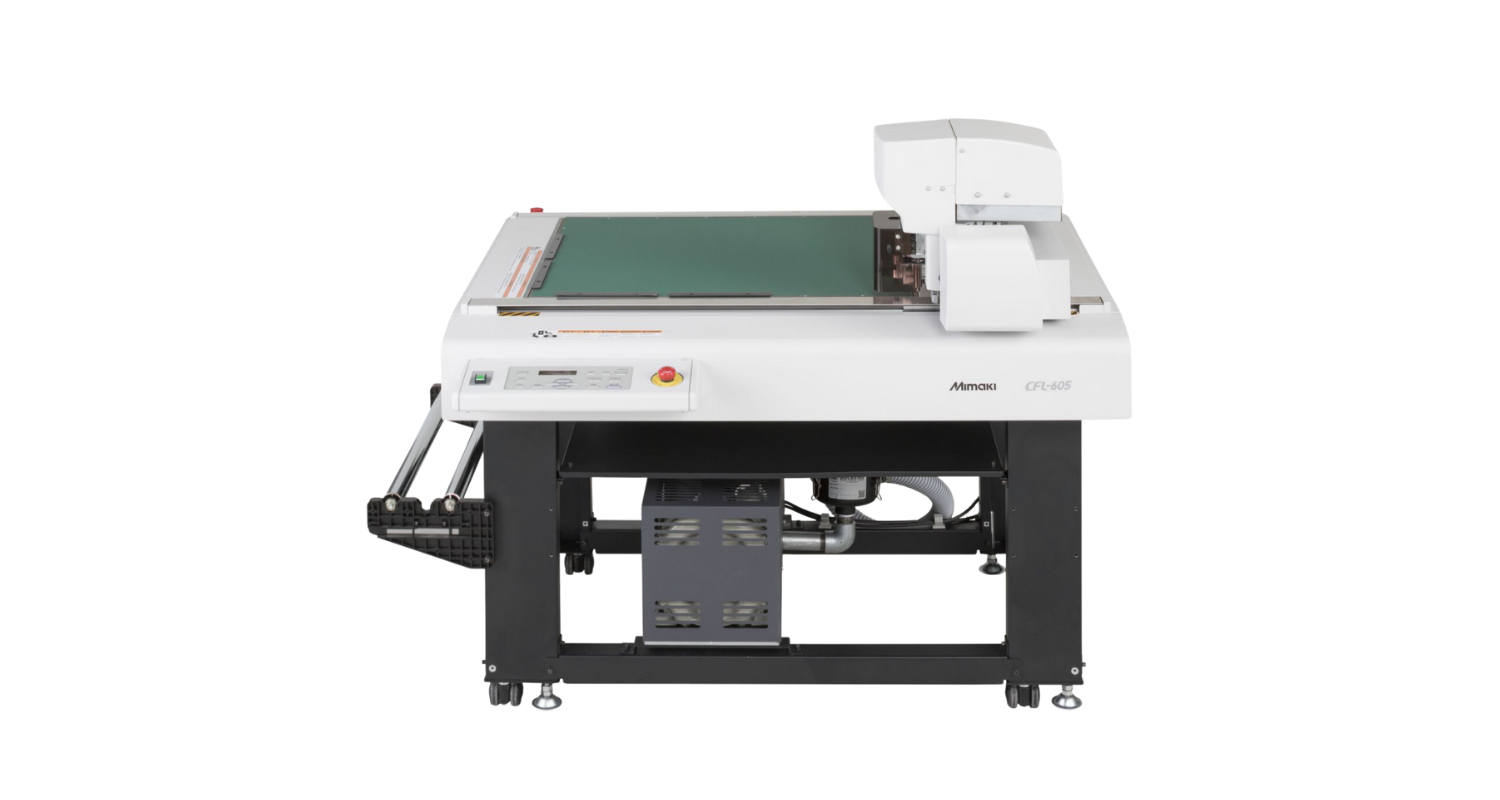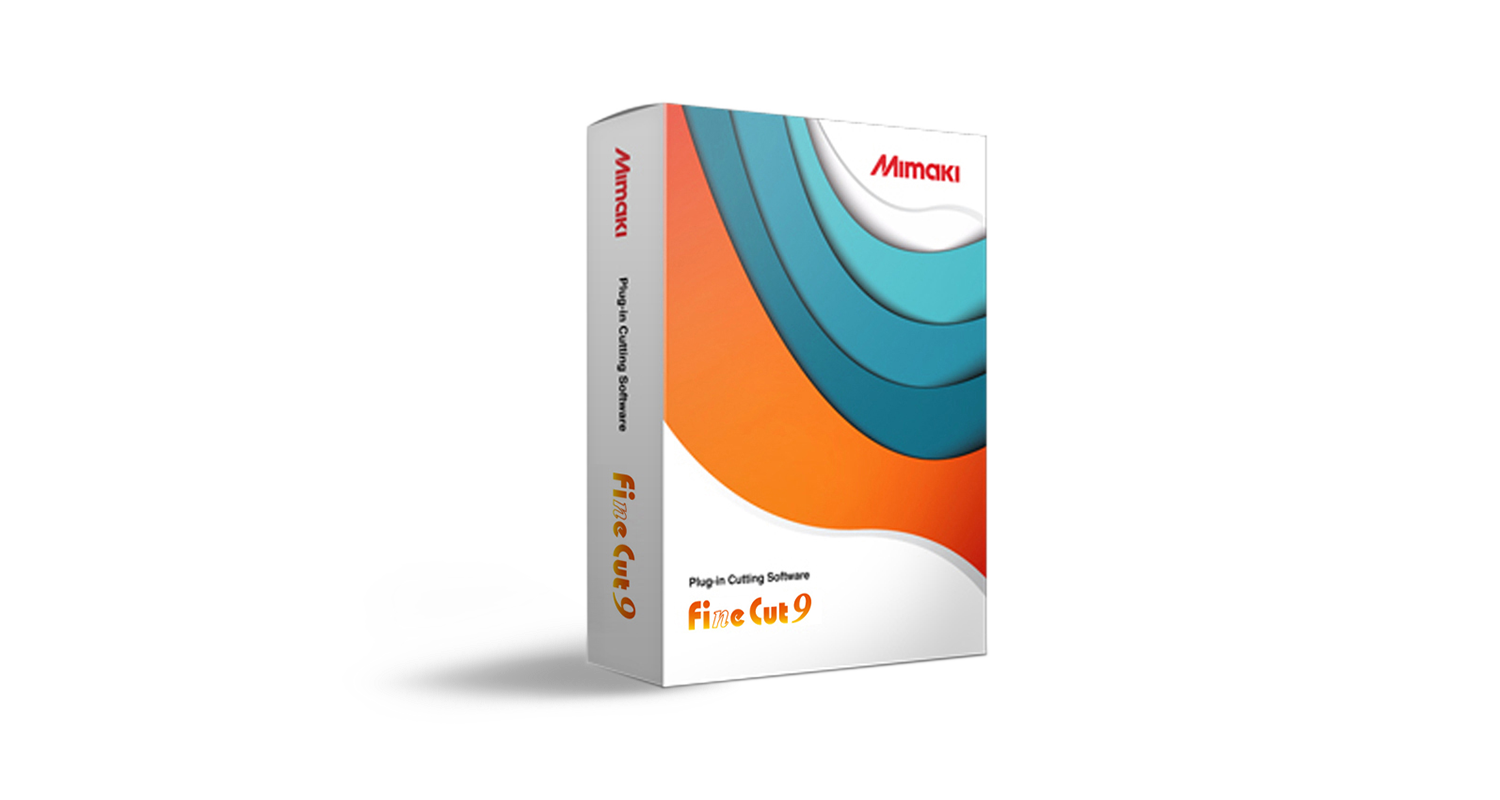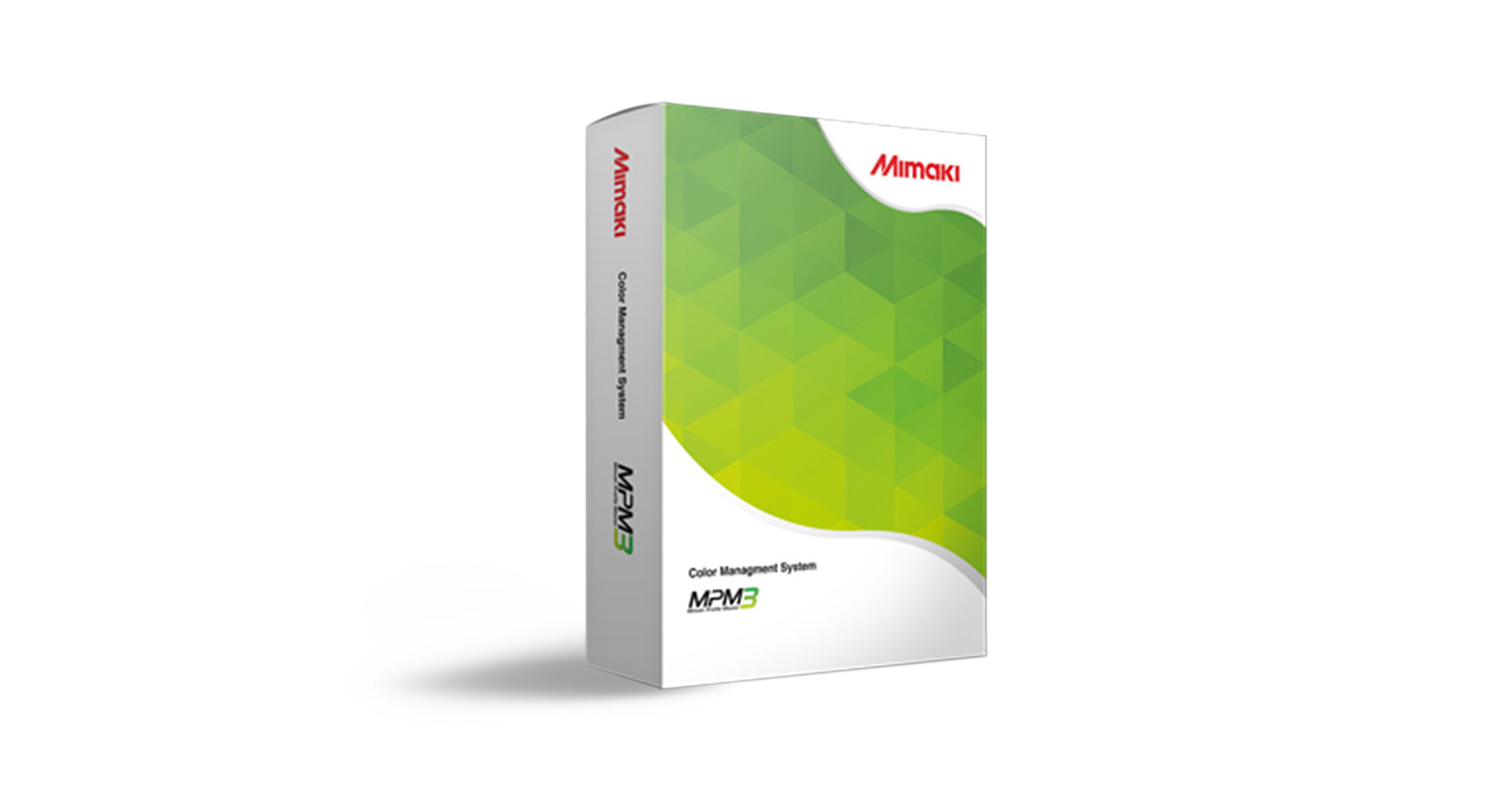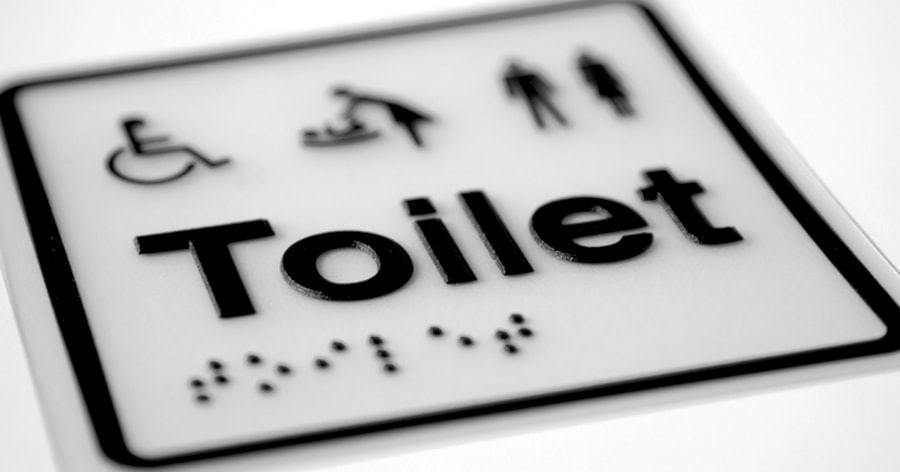Finding your way with Braille printing
Using raised dots to represent the letters of the print alphabet, Braille is a tactile reading and writing system used by blind and visually impaired people.
Mimaki’s flatbed LED UV printers are capable of producing Braille thanks to the high quality of registration afforded by the hardware, the instant curing of the ink and the ability to accurately build up multiple layers of ink in order to create a raised print. New developments in Mimaki’s RasterLink6 Plus software means highly accurate braille printing is achievable, as additional software tools ensure the design process is seamless, enabling characters to be created within standard design authoring packages.
As a result, Braille is created using Mimaki’s LH-100 Clear and Primer by setting a spot colour around Braille characters in Adobe Illustrator using RasterLink tools. Compatible with the UJF series LED UV flatbed printers, a wide array of Braille applications, such as signage and wall plaques can be created to allow visually impaired people to be independent and engage in public spaces with the reassurance of legible wayfinding or safety signage. This is an important area for the sign and graphics industry, as in the UK alone, there are almost 2 million people living with sight loss and about 360,000 of these are registered as blind or partially sighted.
Mimaki’s UJF printers range in size from the UJF-3042 that features an A3 bed (420 x 300mm) up to the ultra-high-quality UJF-7151plus that sports a 710mm x 510mm print area. With the ability to print up to 150mm thick objects on some of the models, Braille can be applied to substantially sized rigid items, boxes and structures.
Braille can be printed in either process colour or clear ink, resulting in either a visual cue for partially sighted users, or, in example applications such as medical packaging proofing, where a clear Braille print is applied to the carton, there is no interruption of the main printed message as the Braille is seamlessly overlaid and only used when required. The print process is similar to that used for creating tactile decorative prints, but with a much more practical and serious use.

